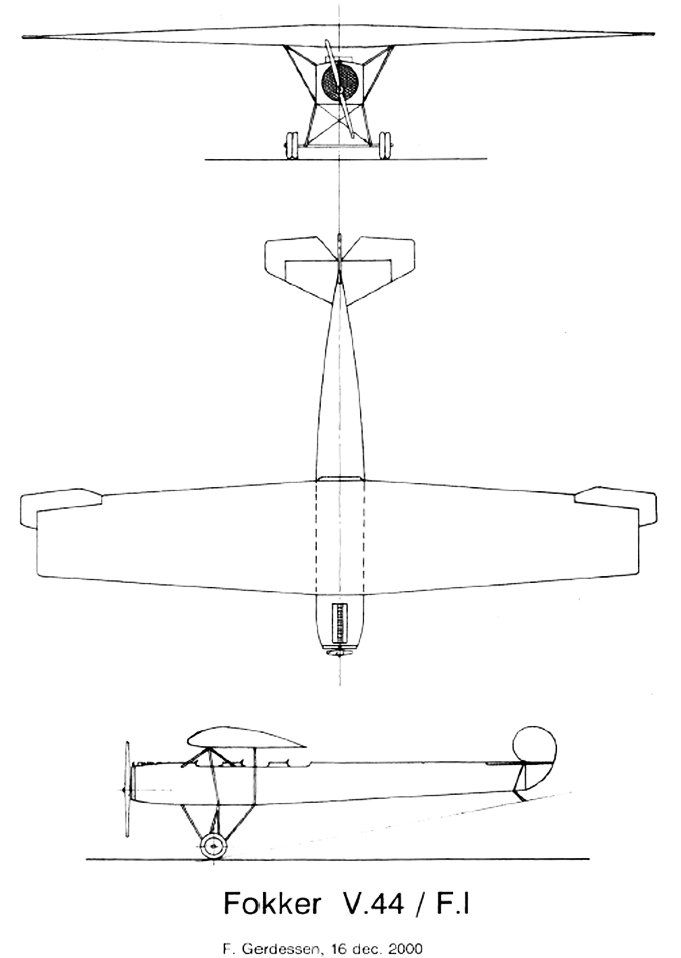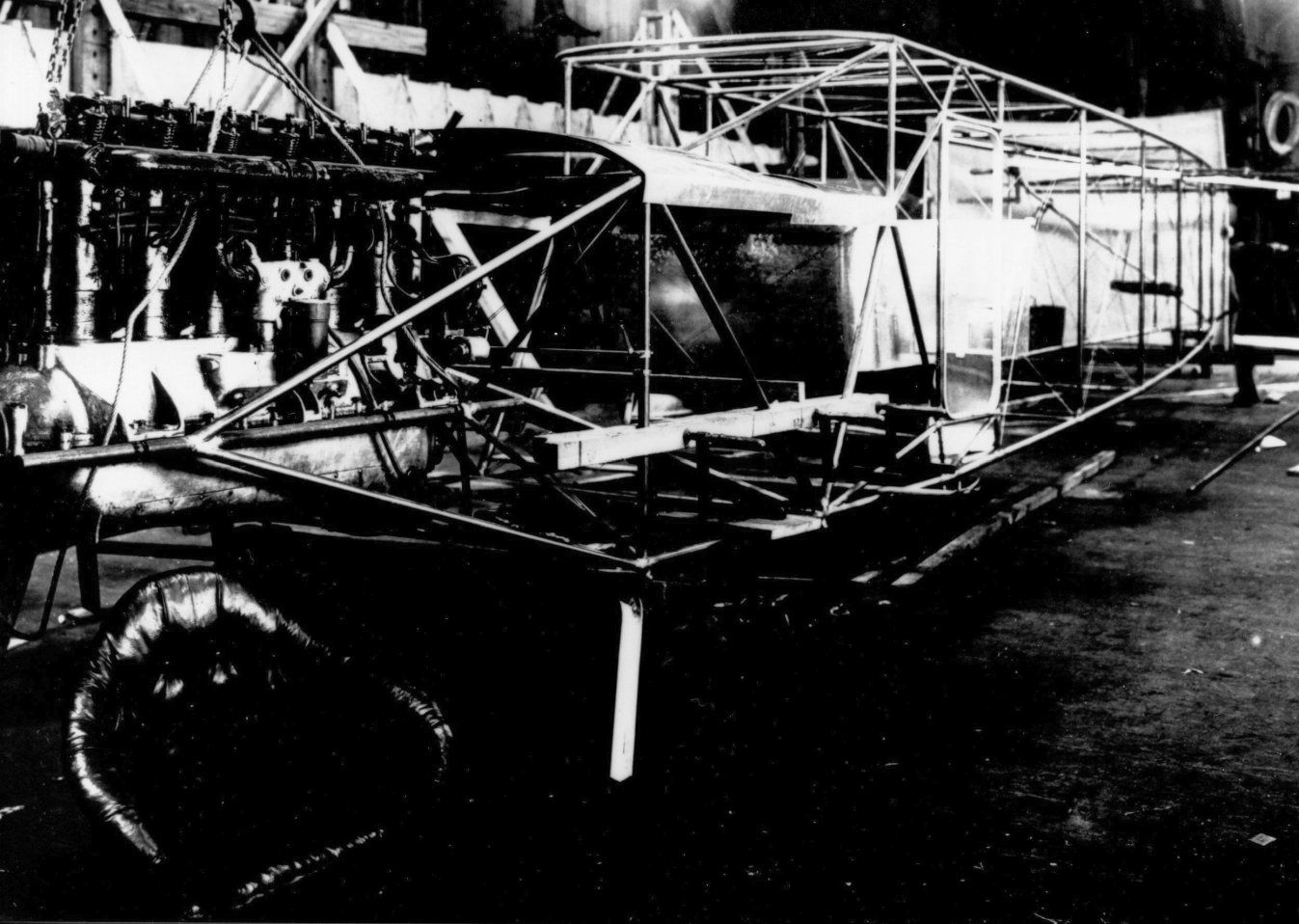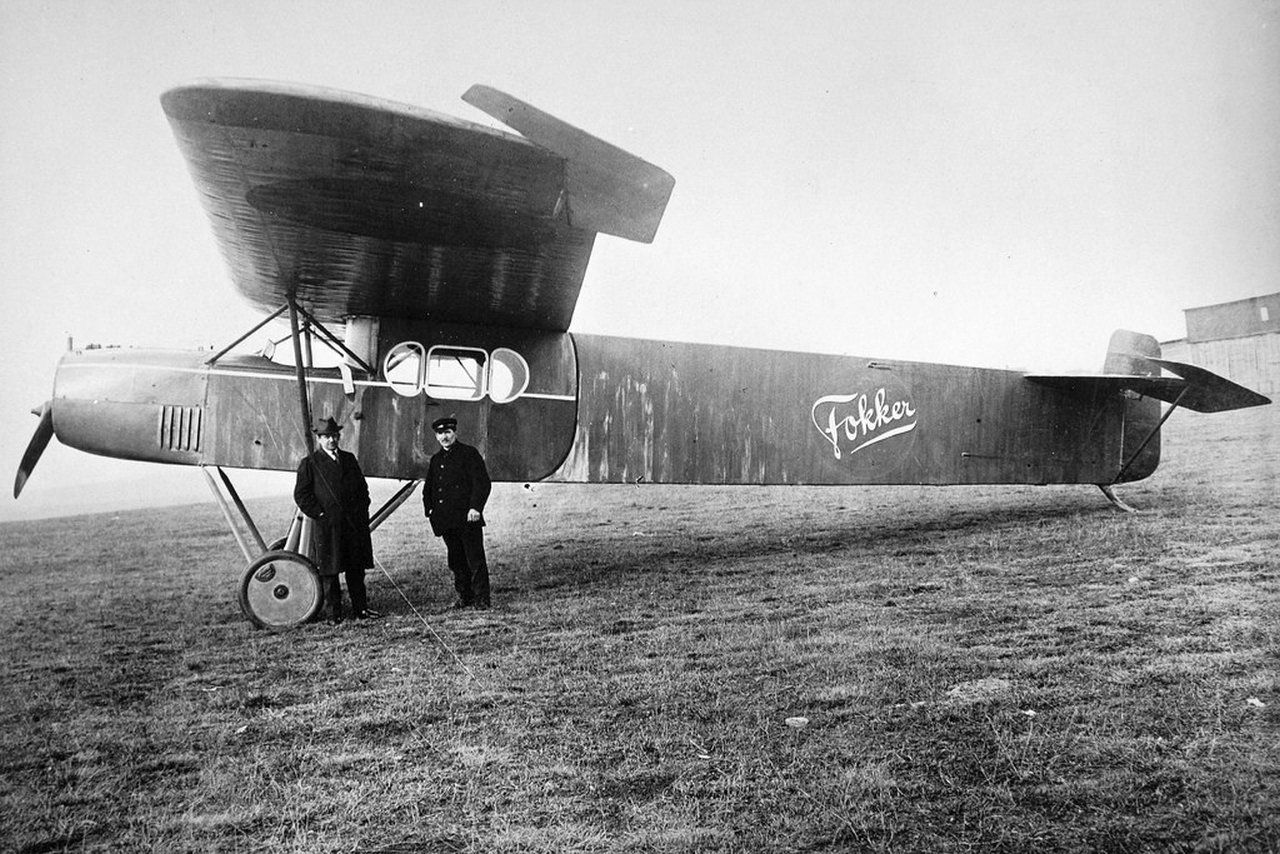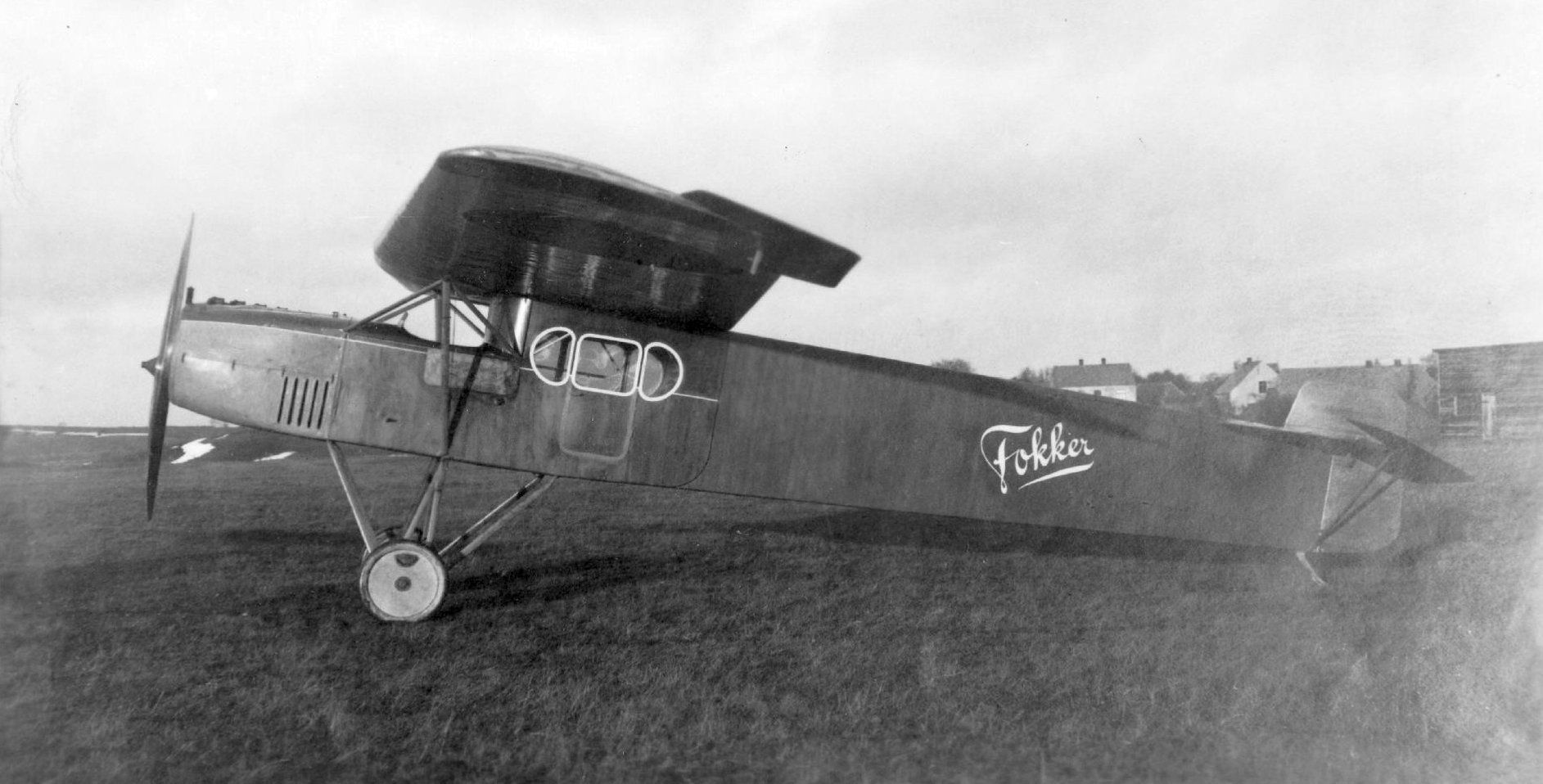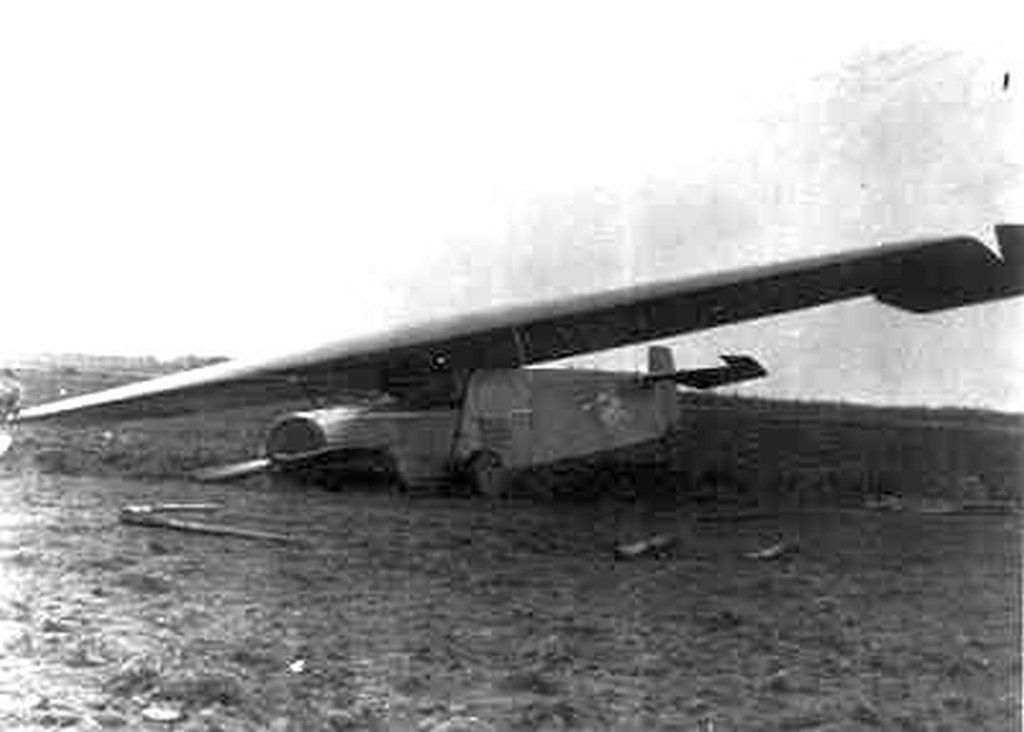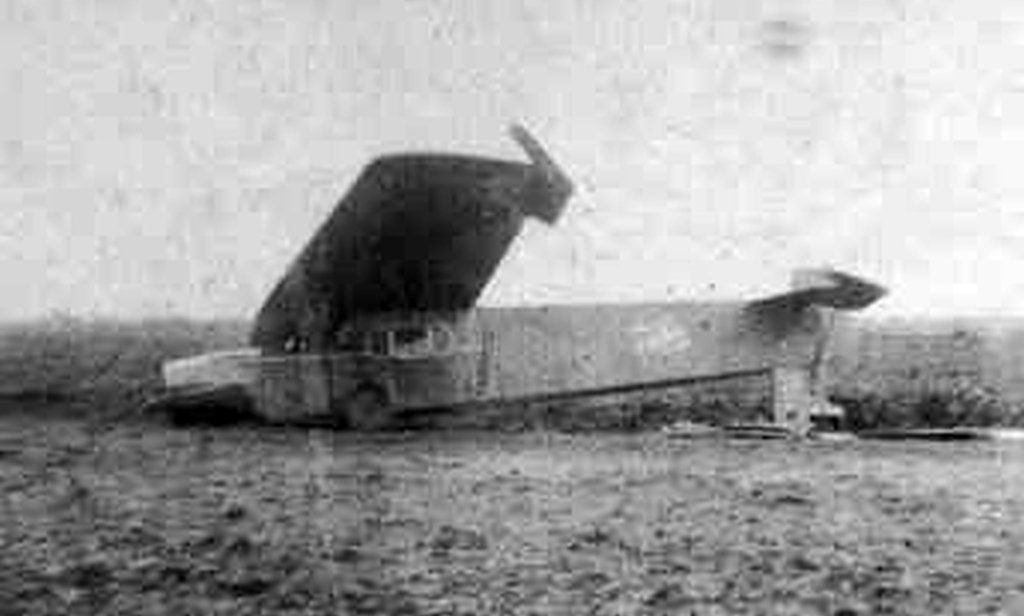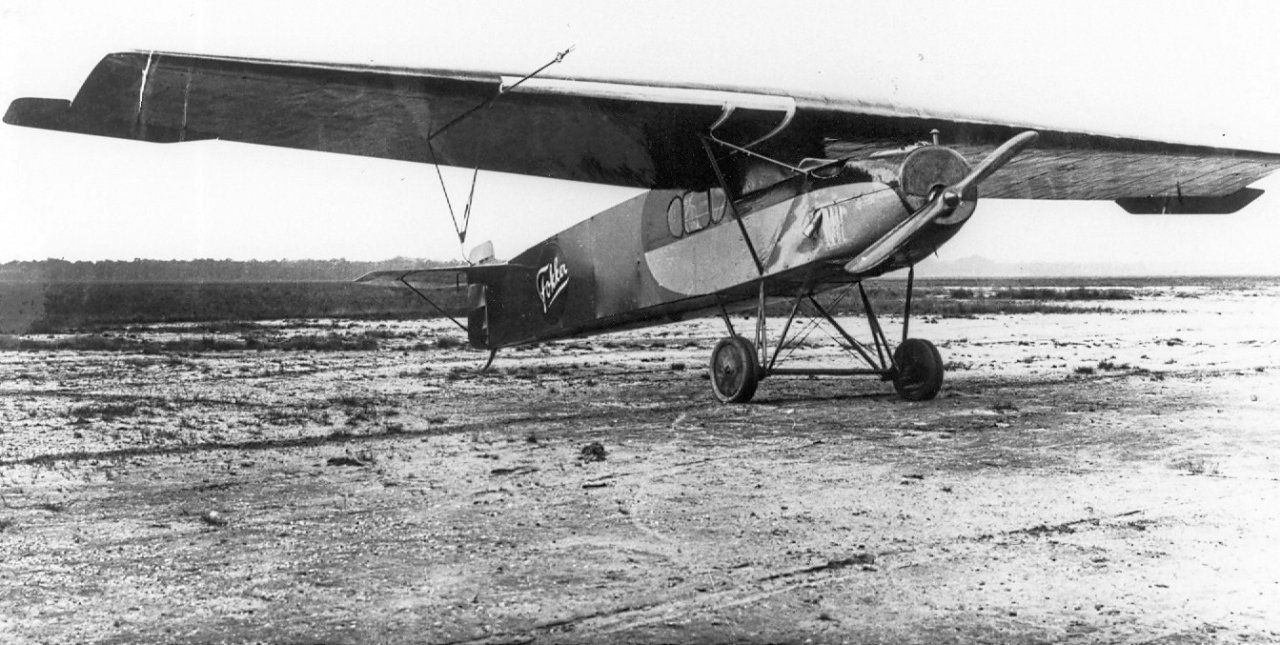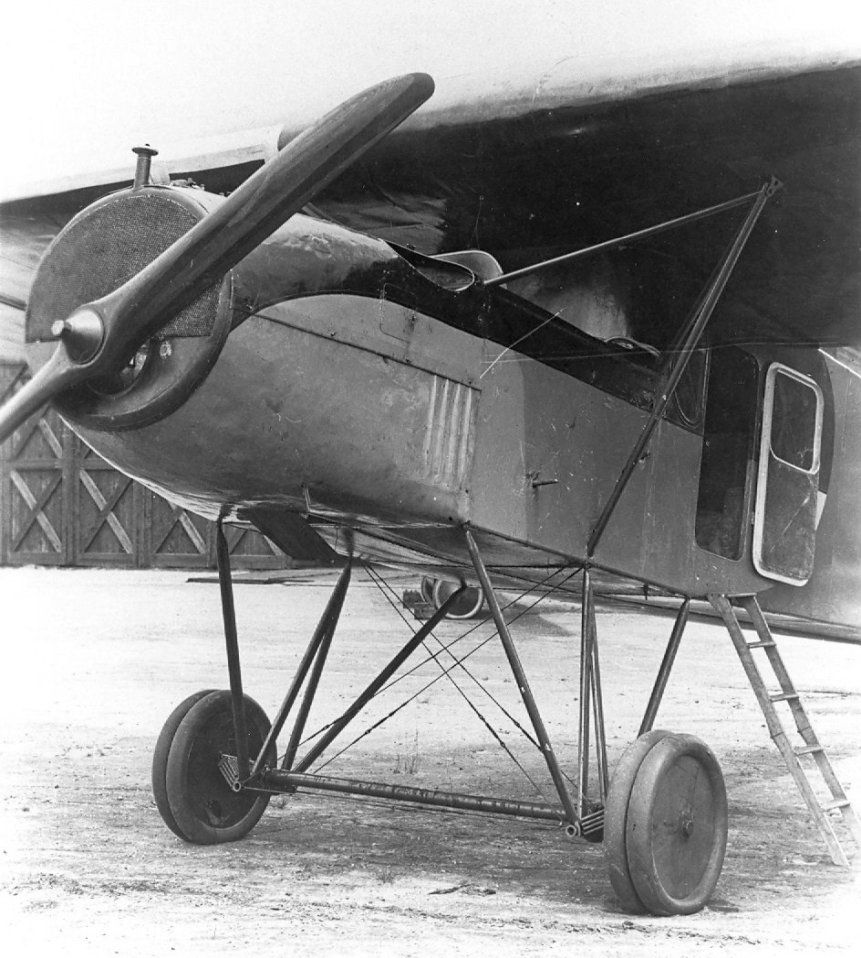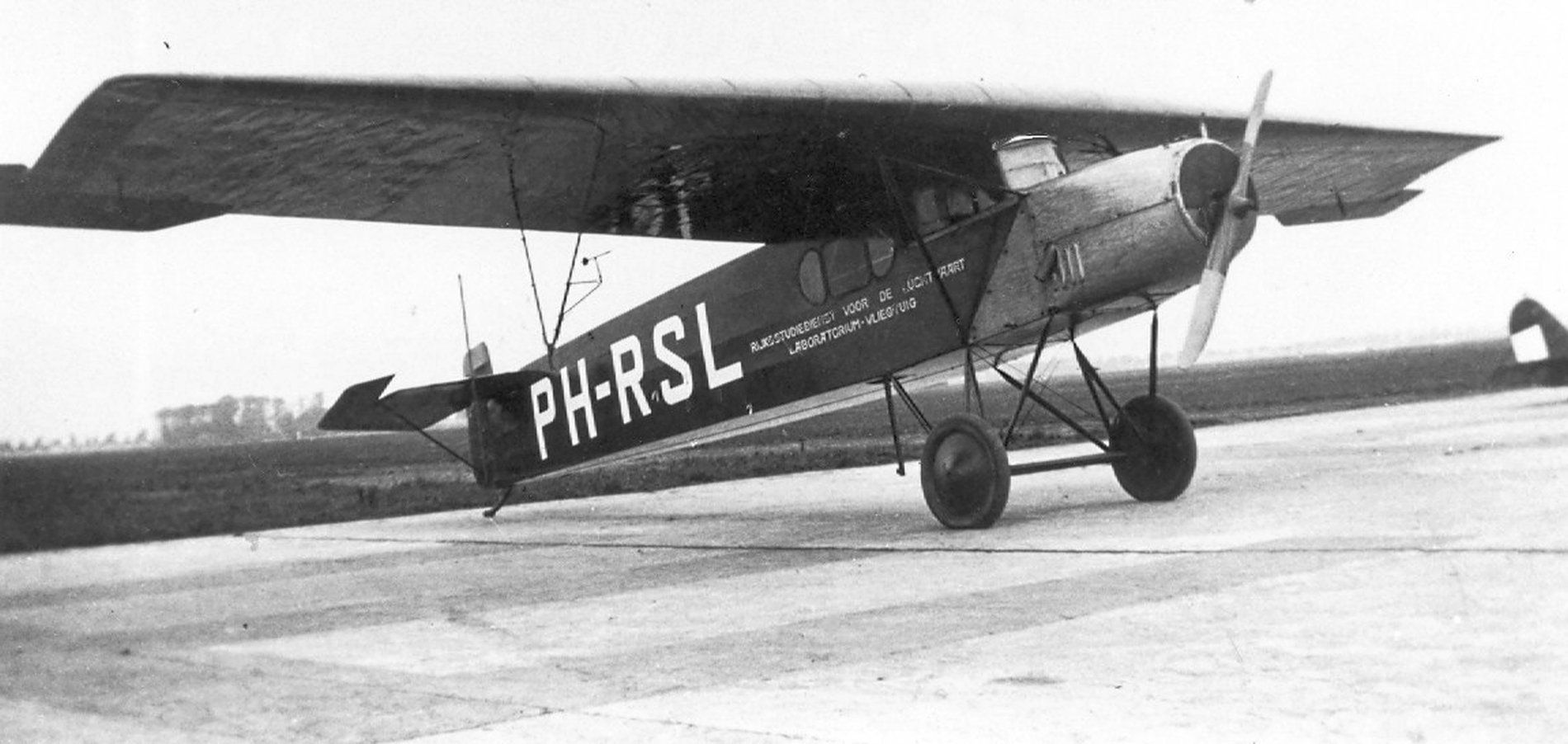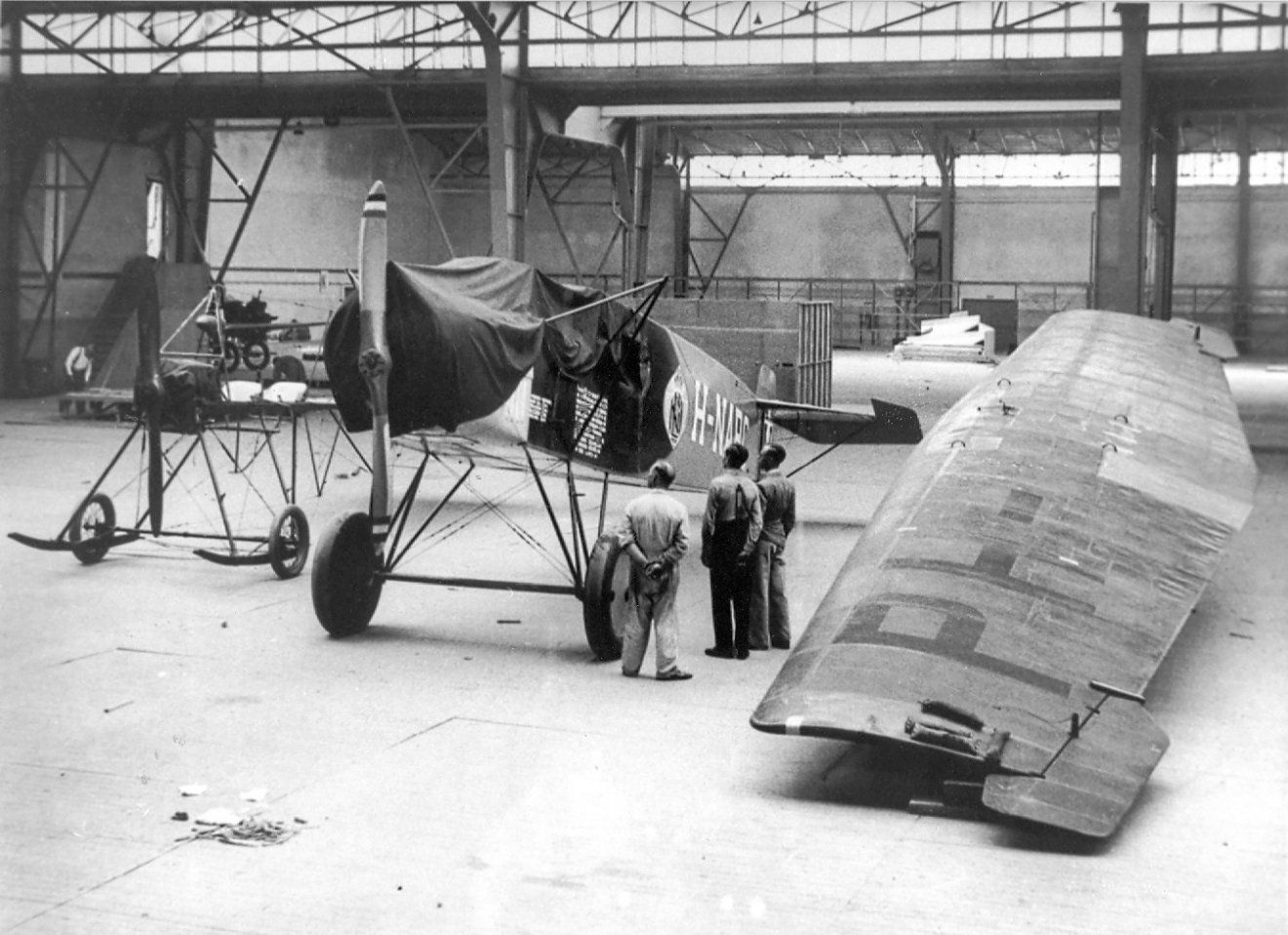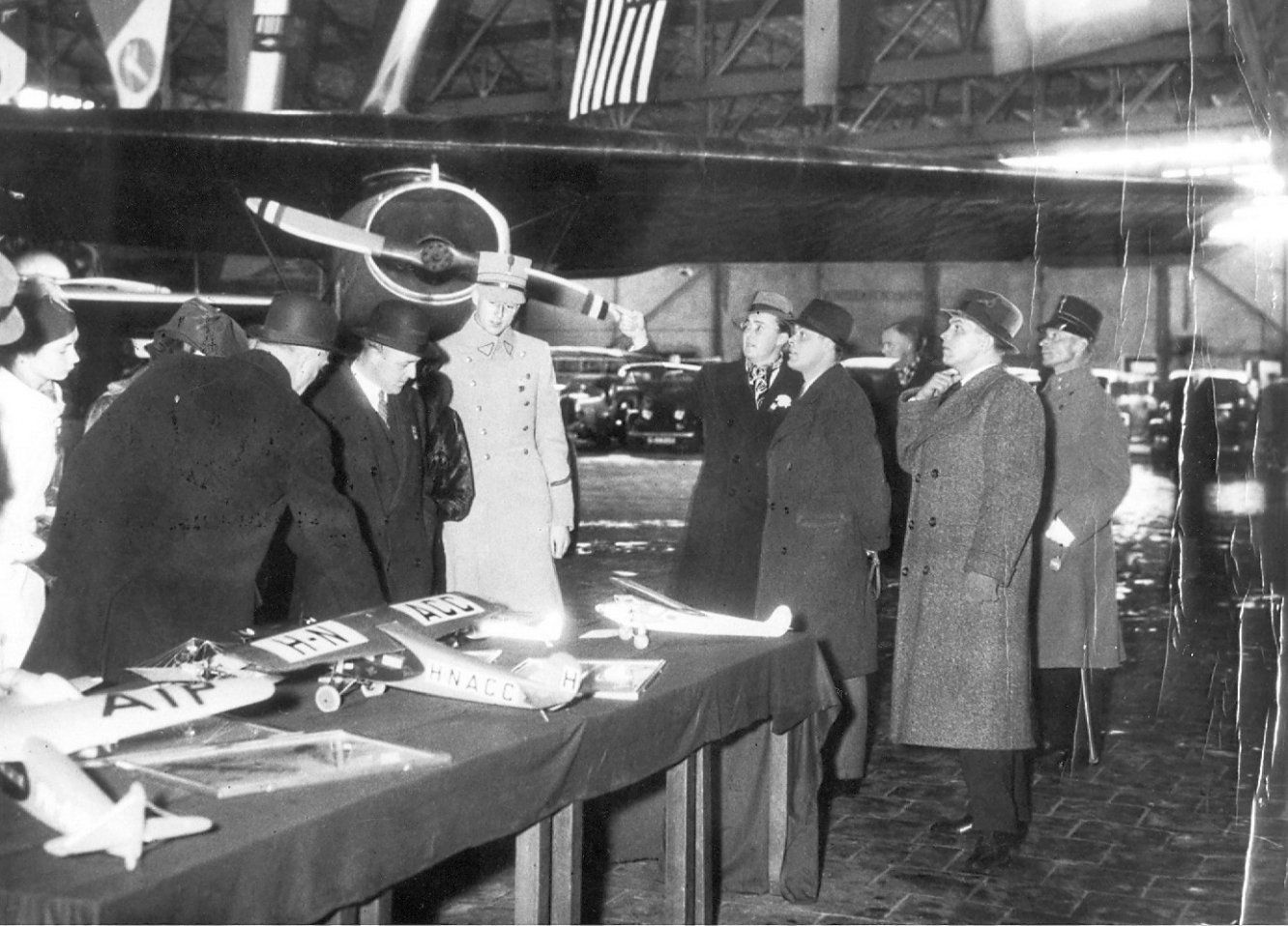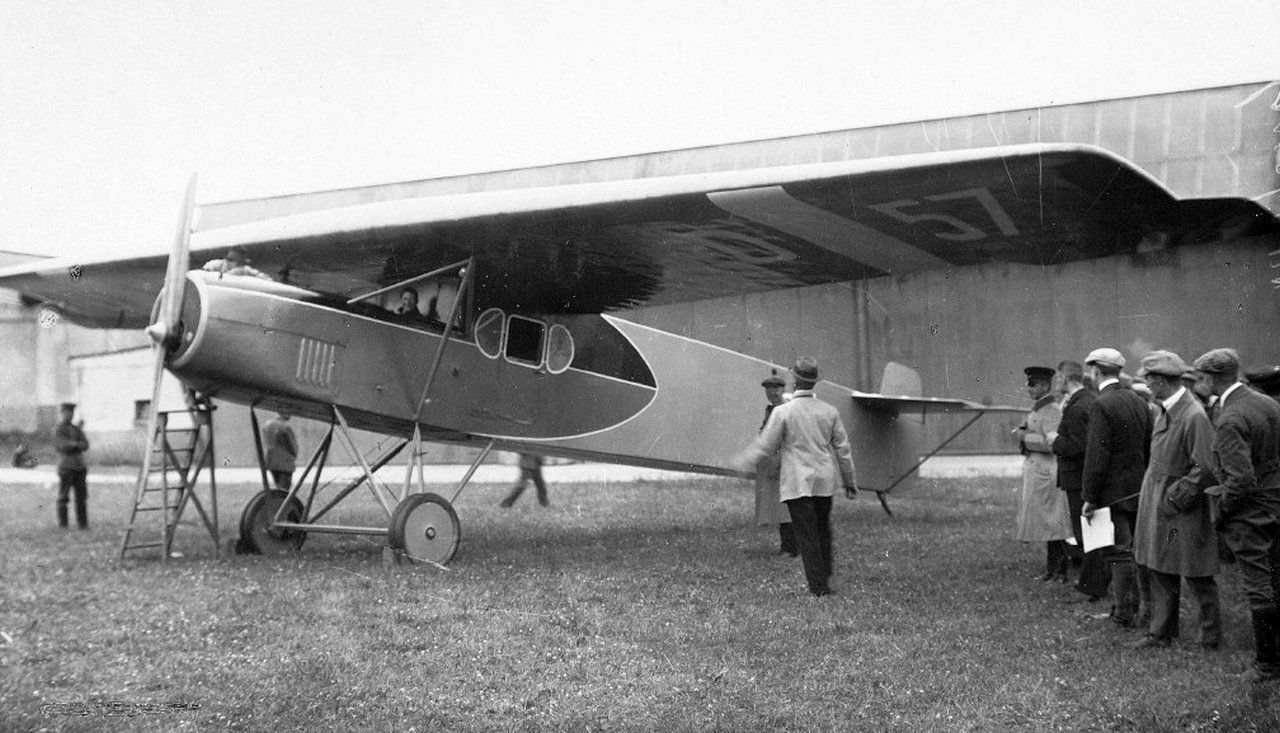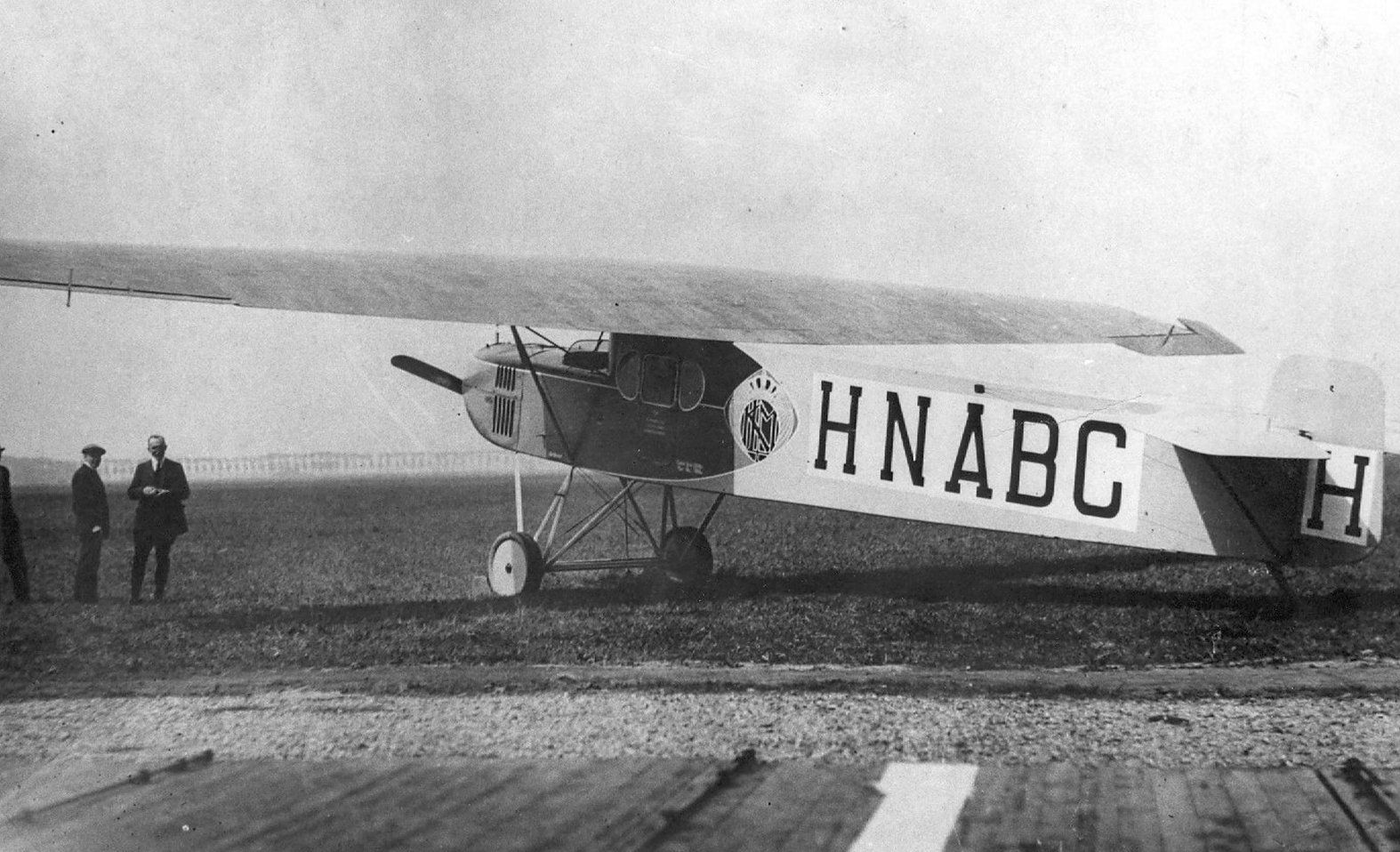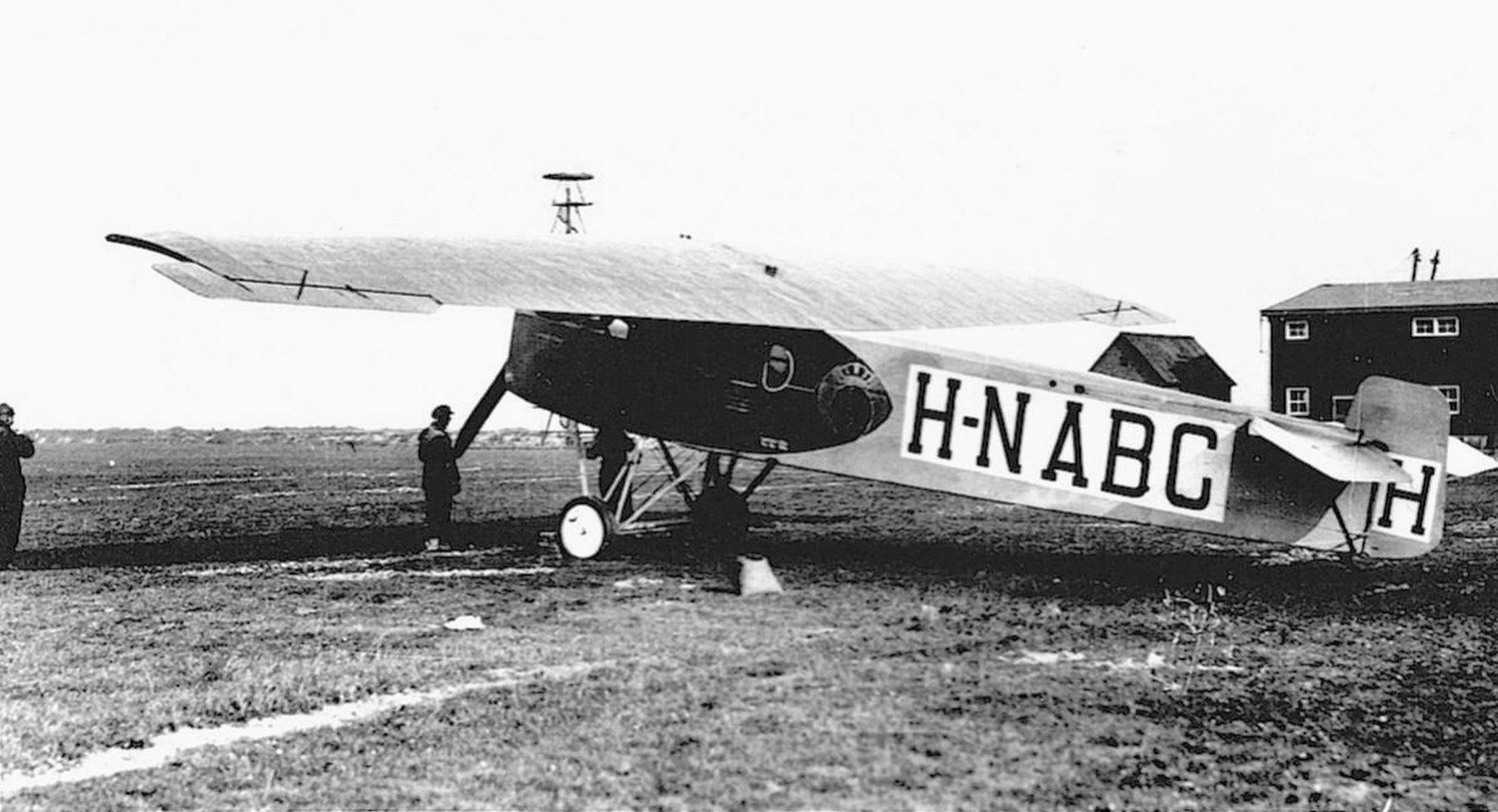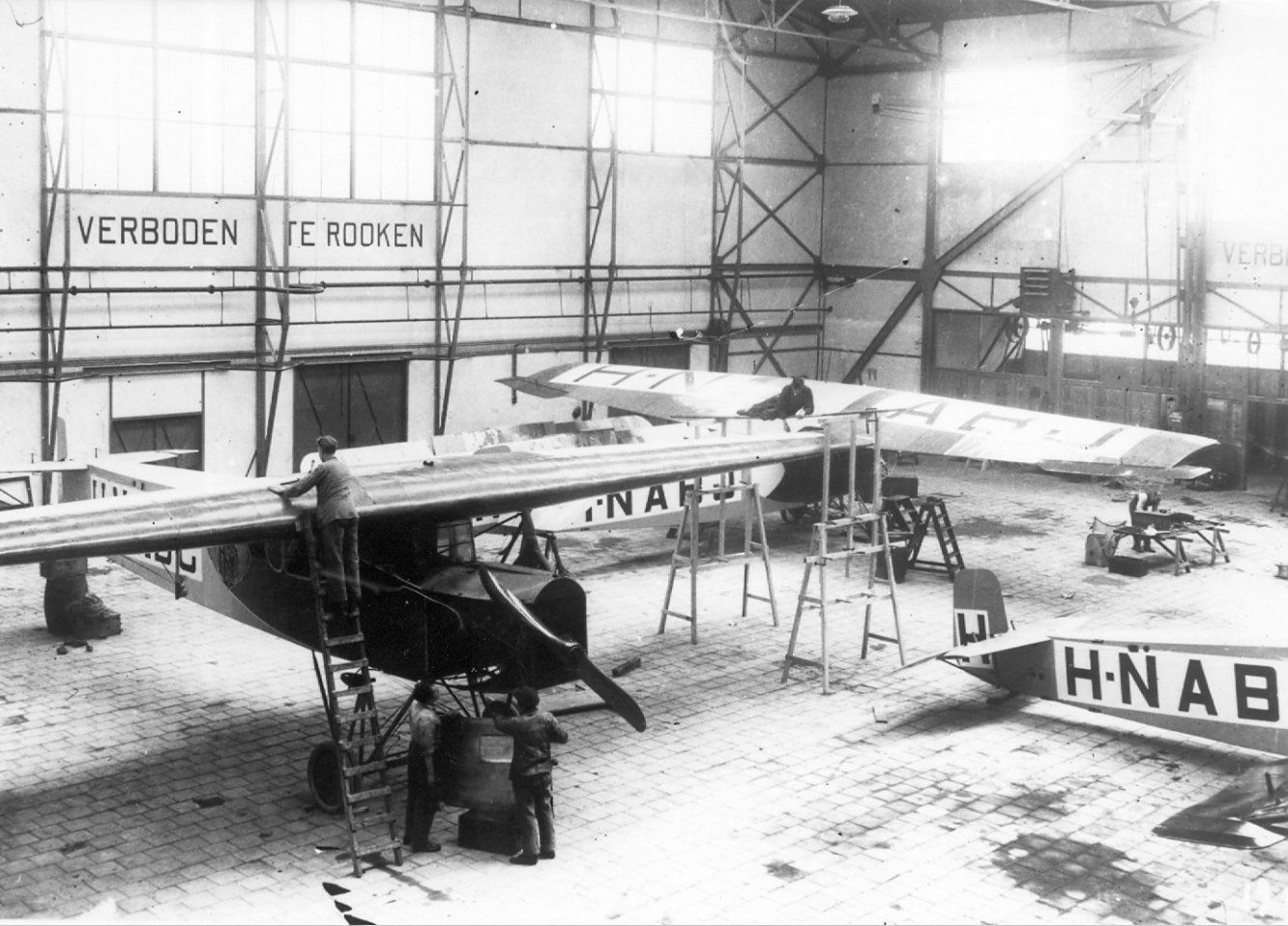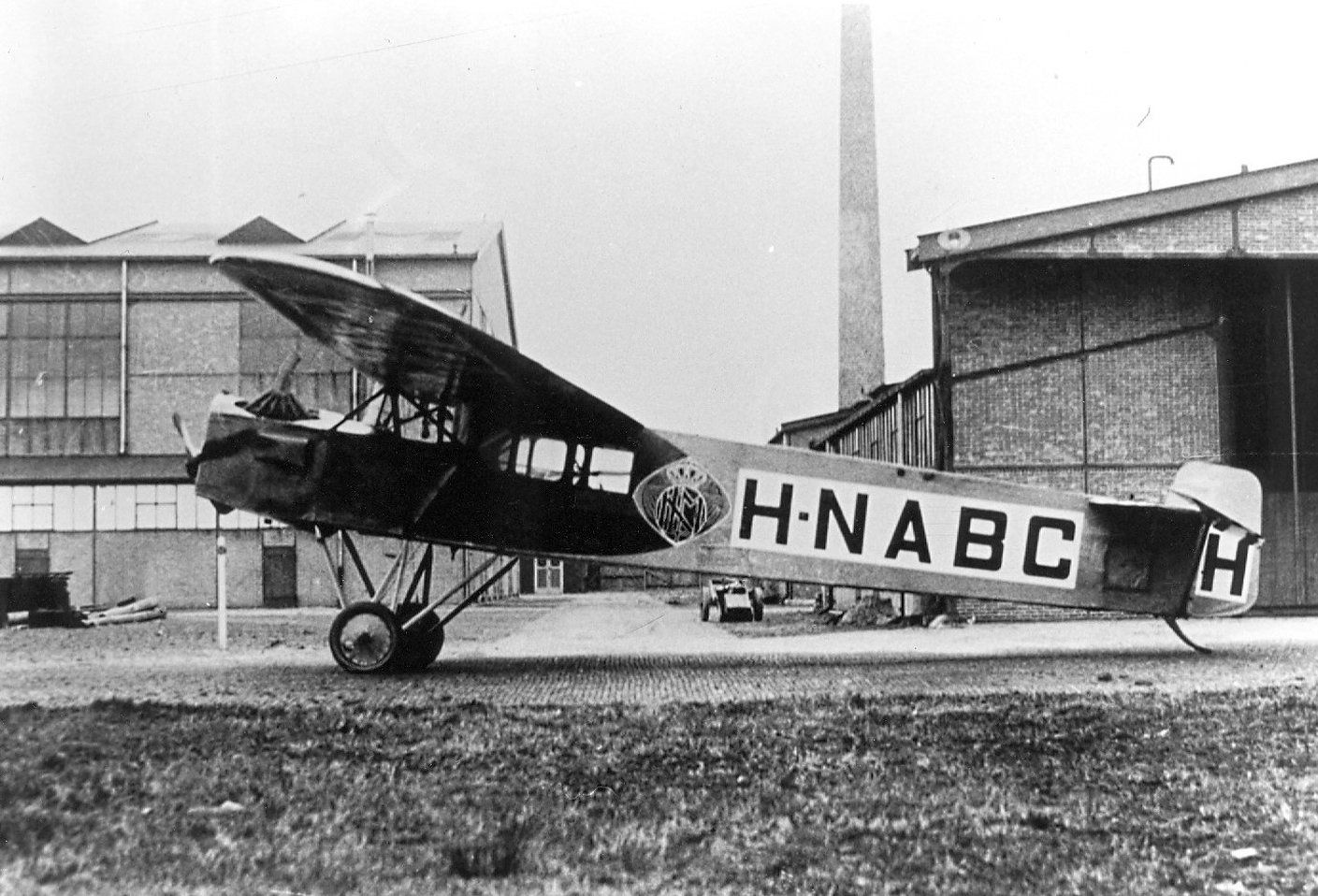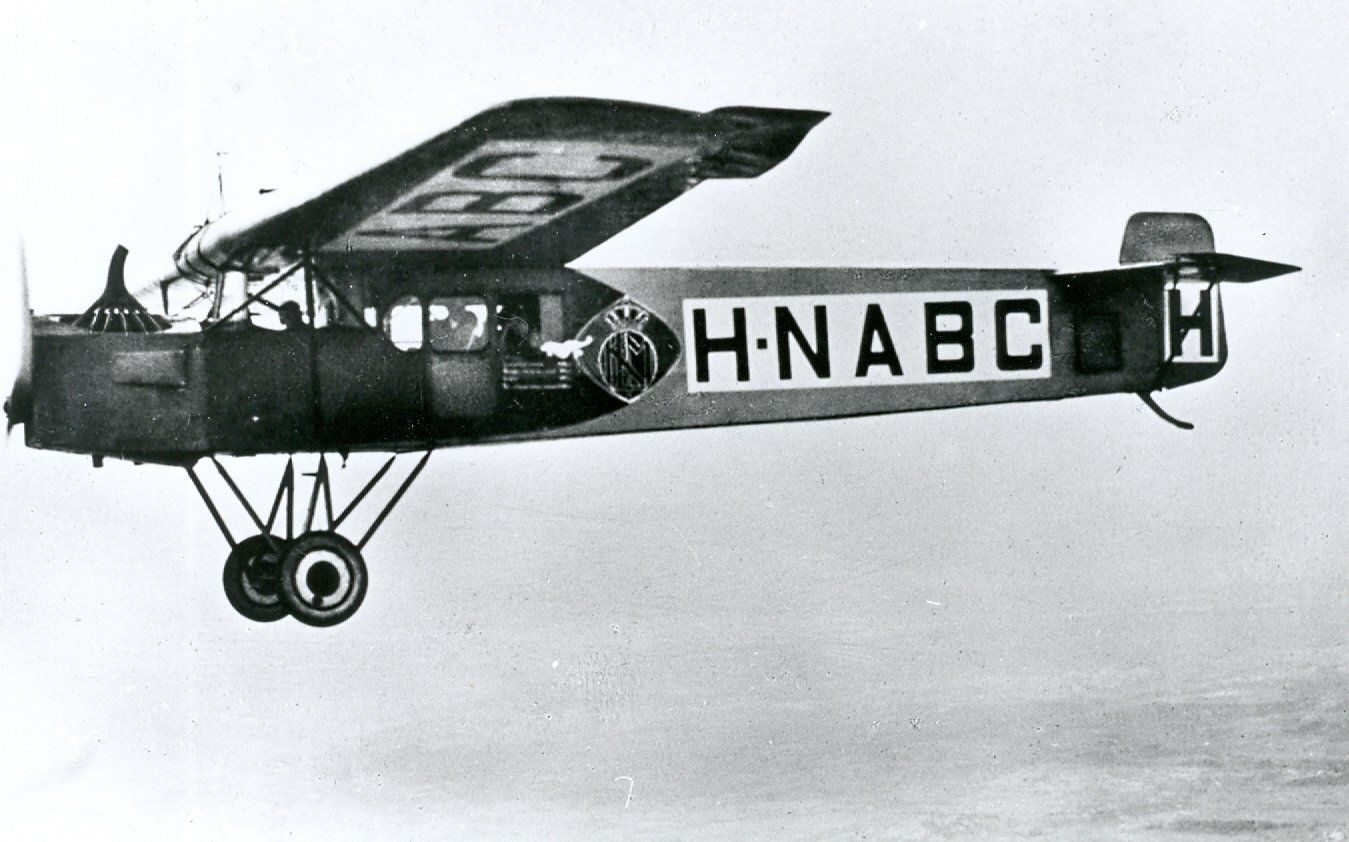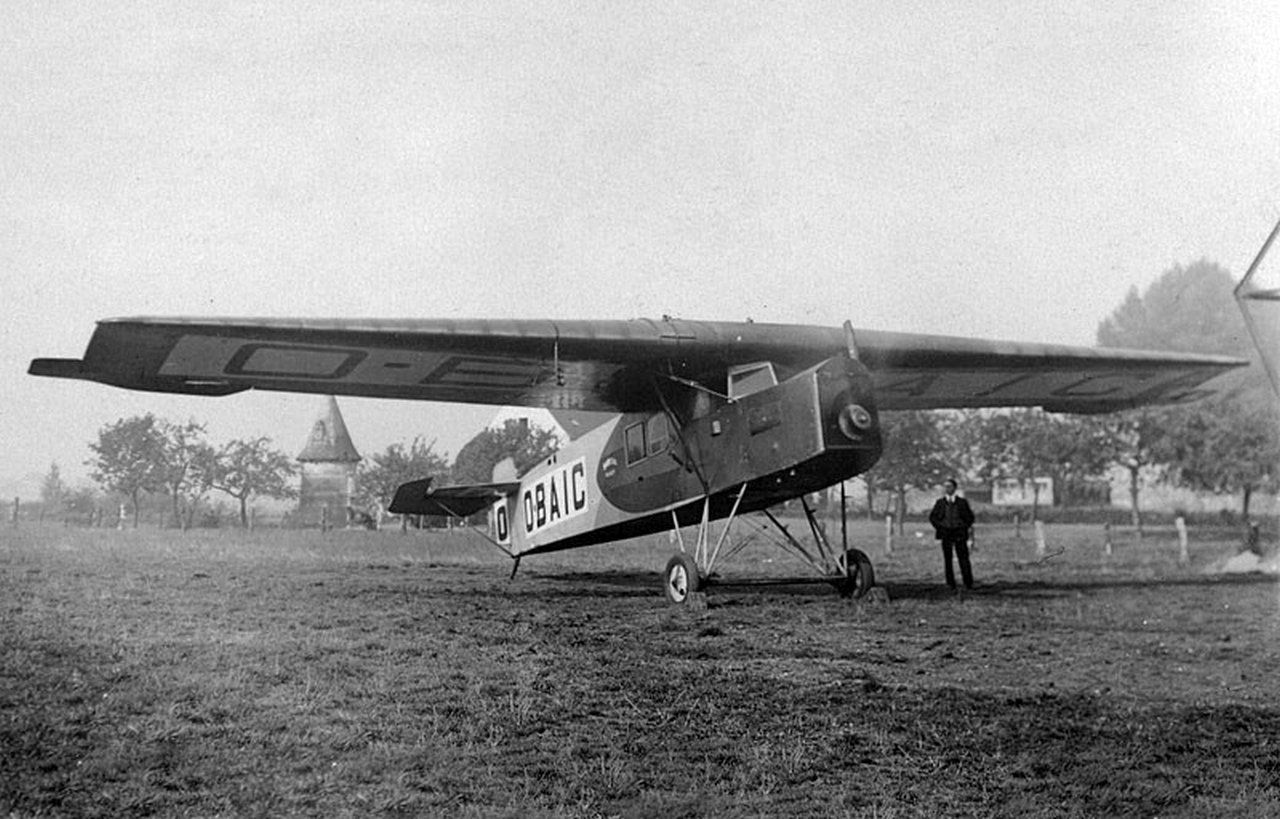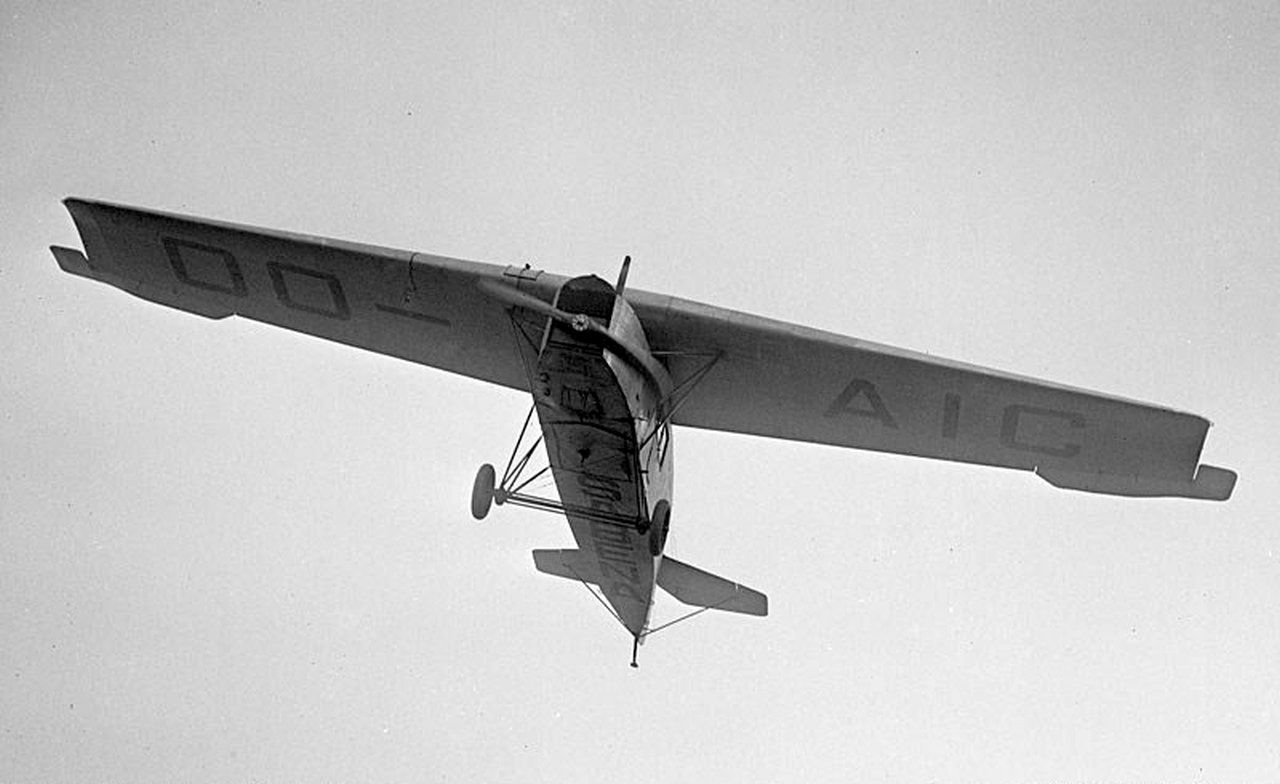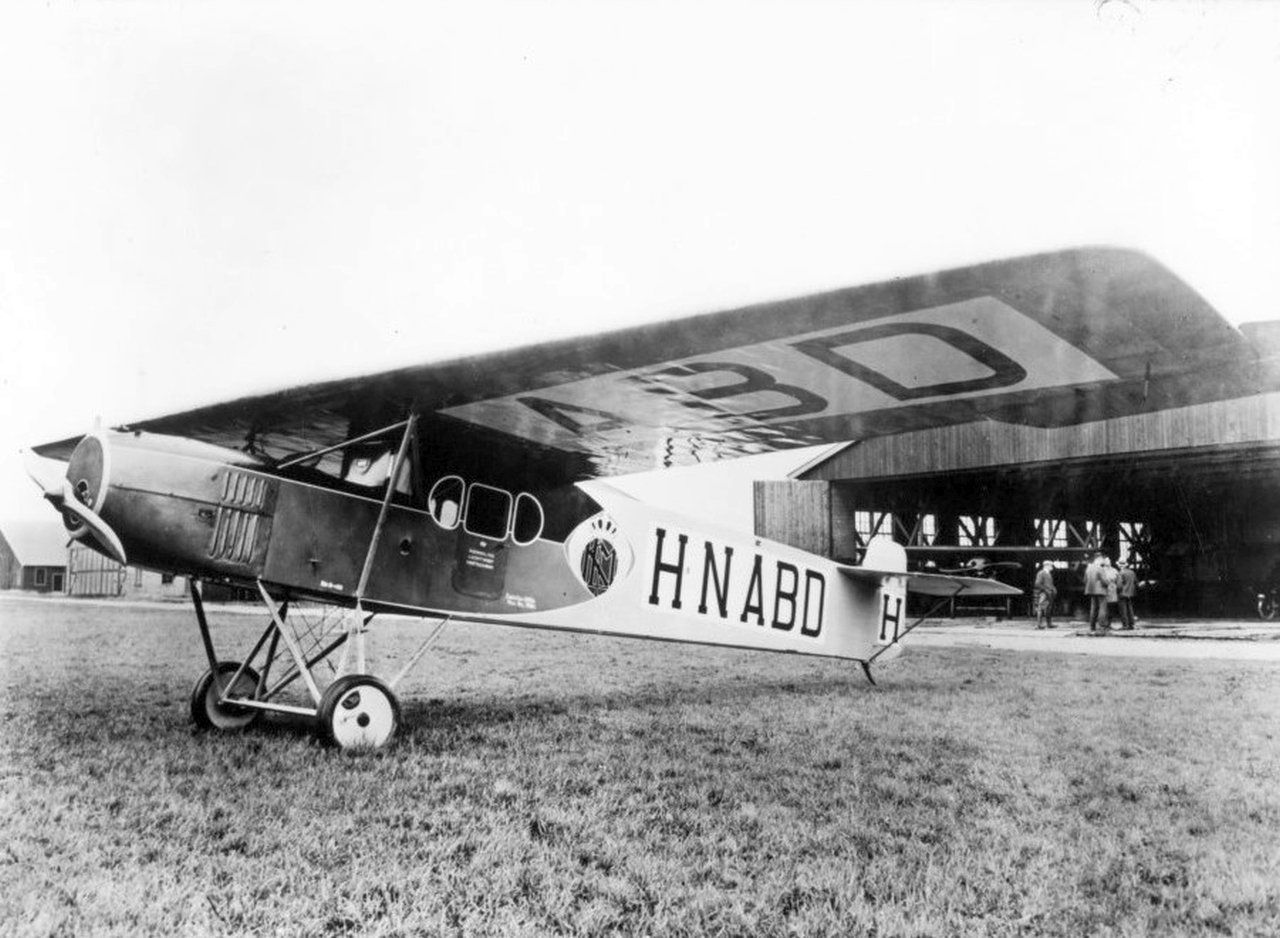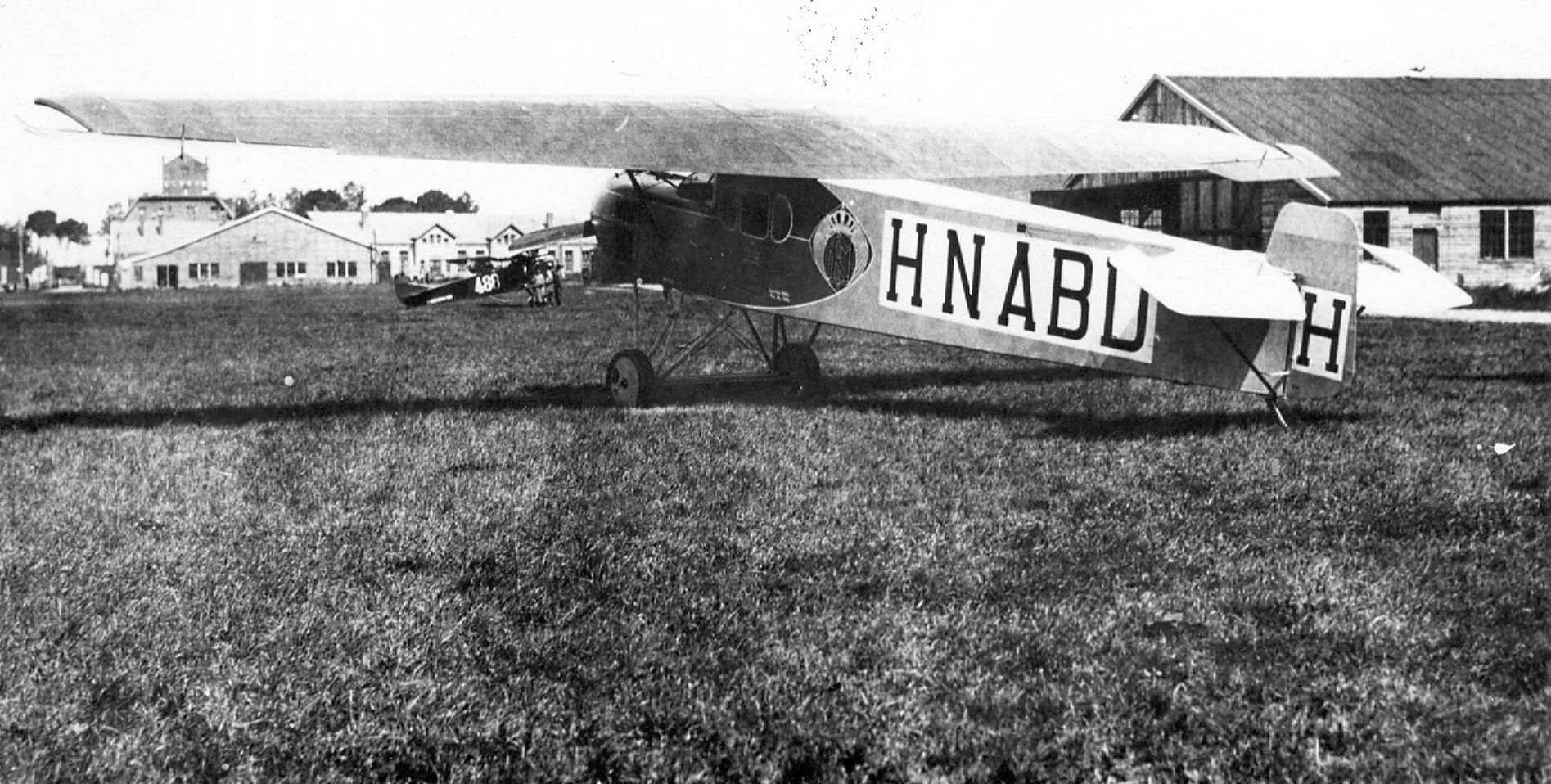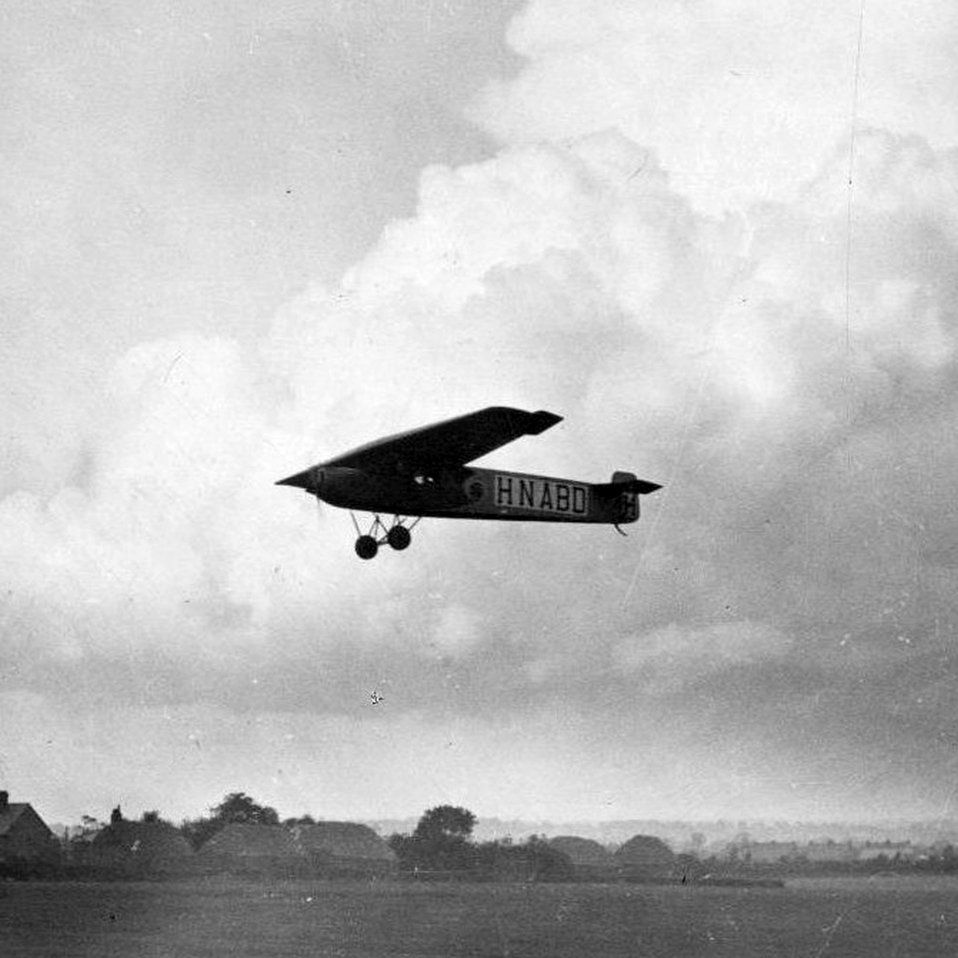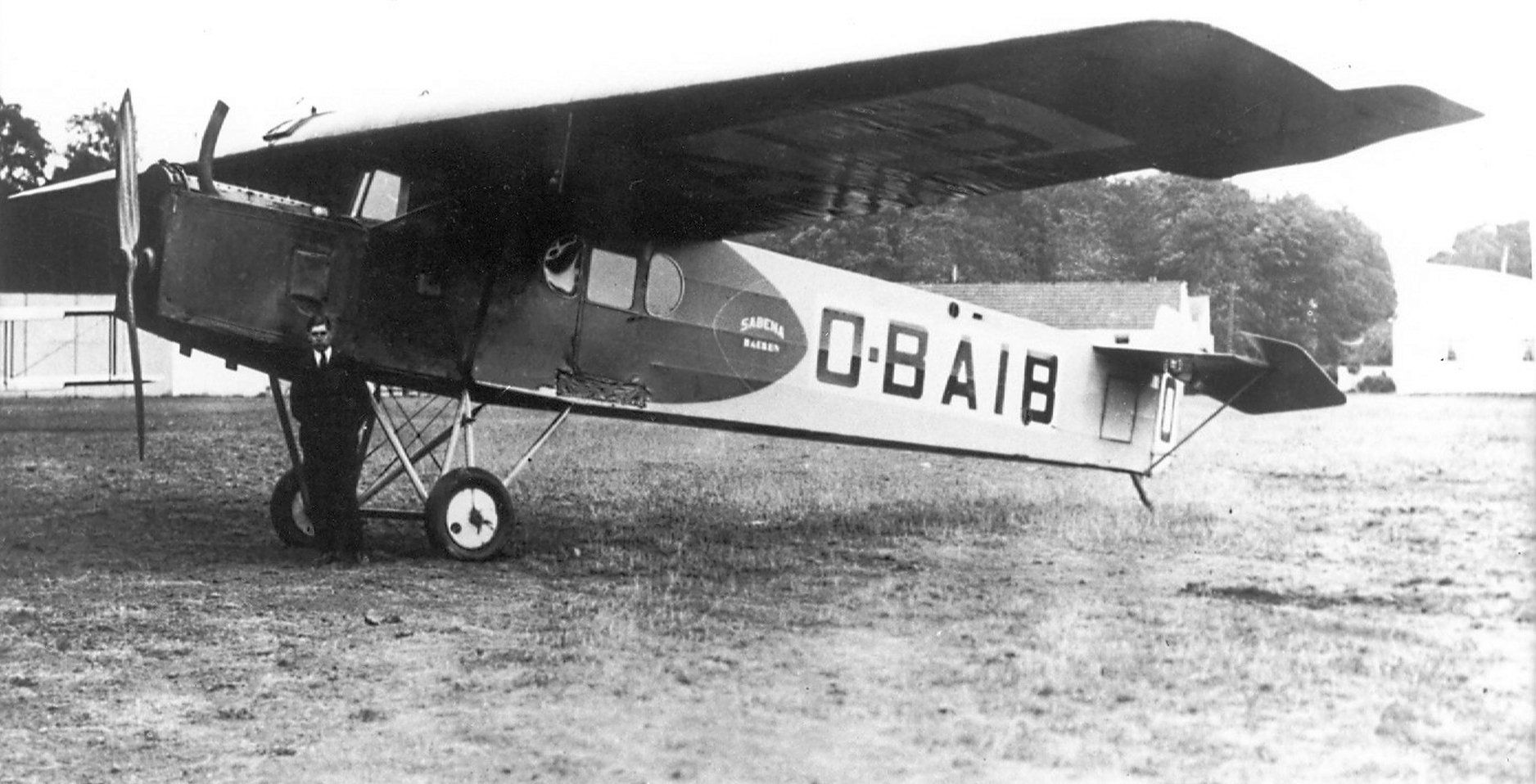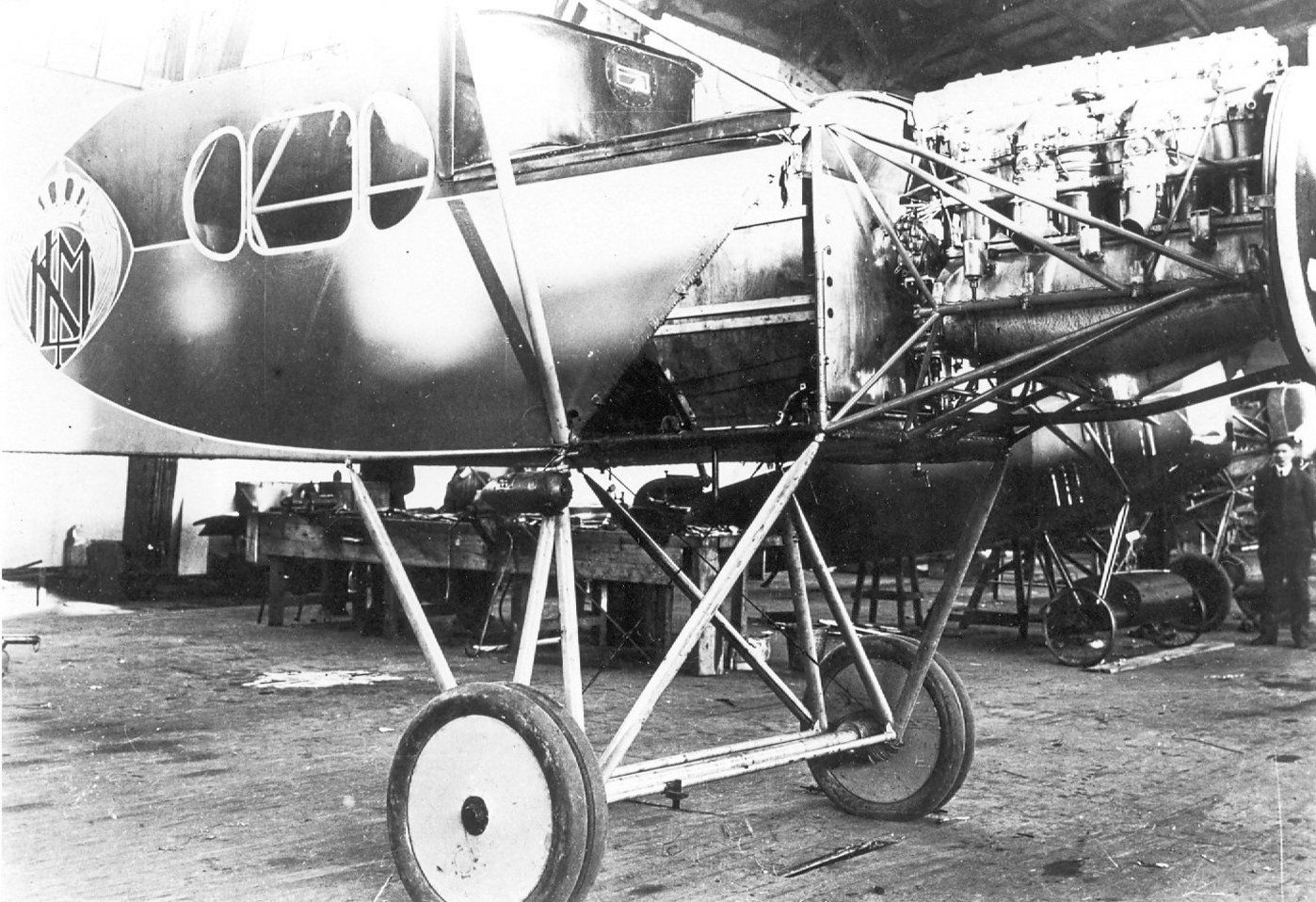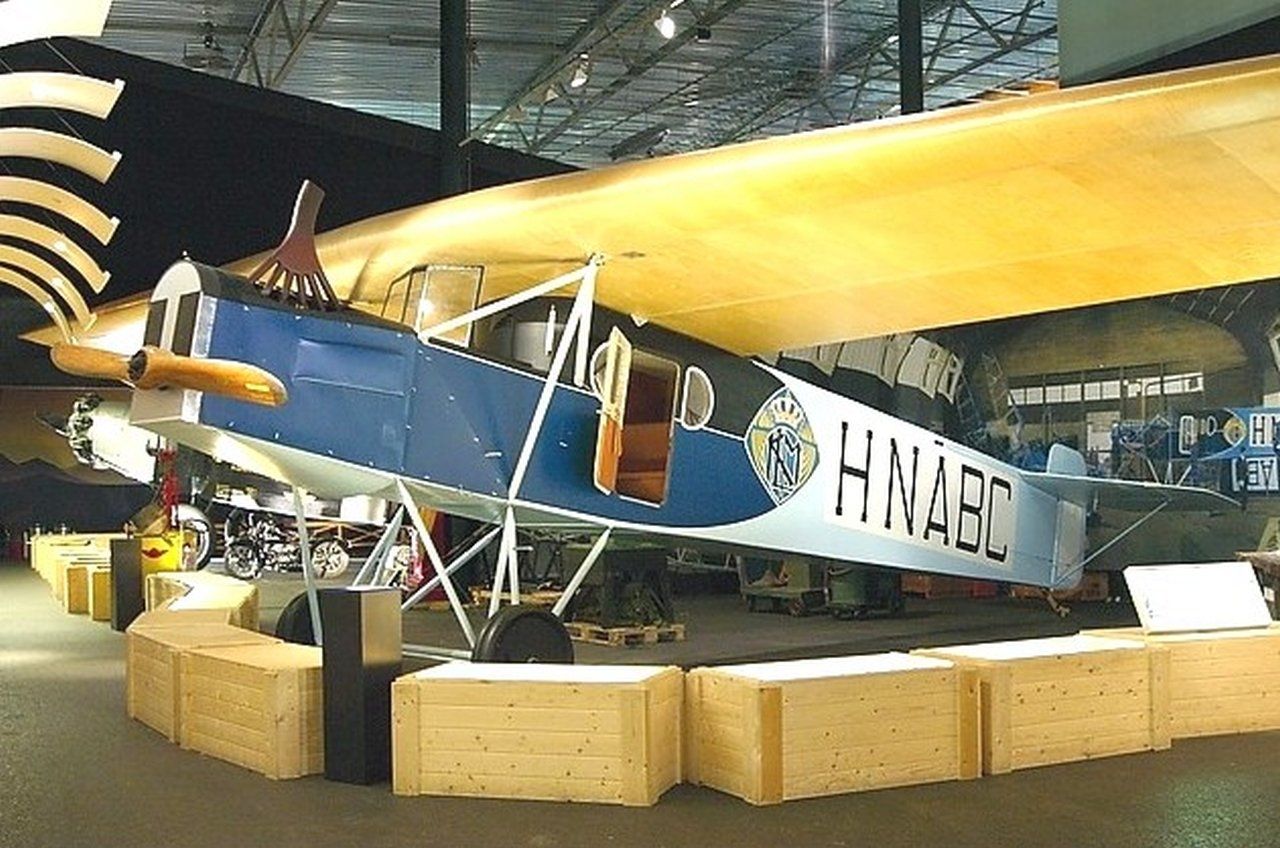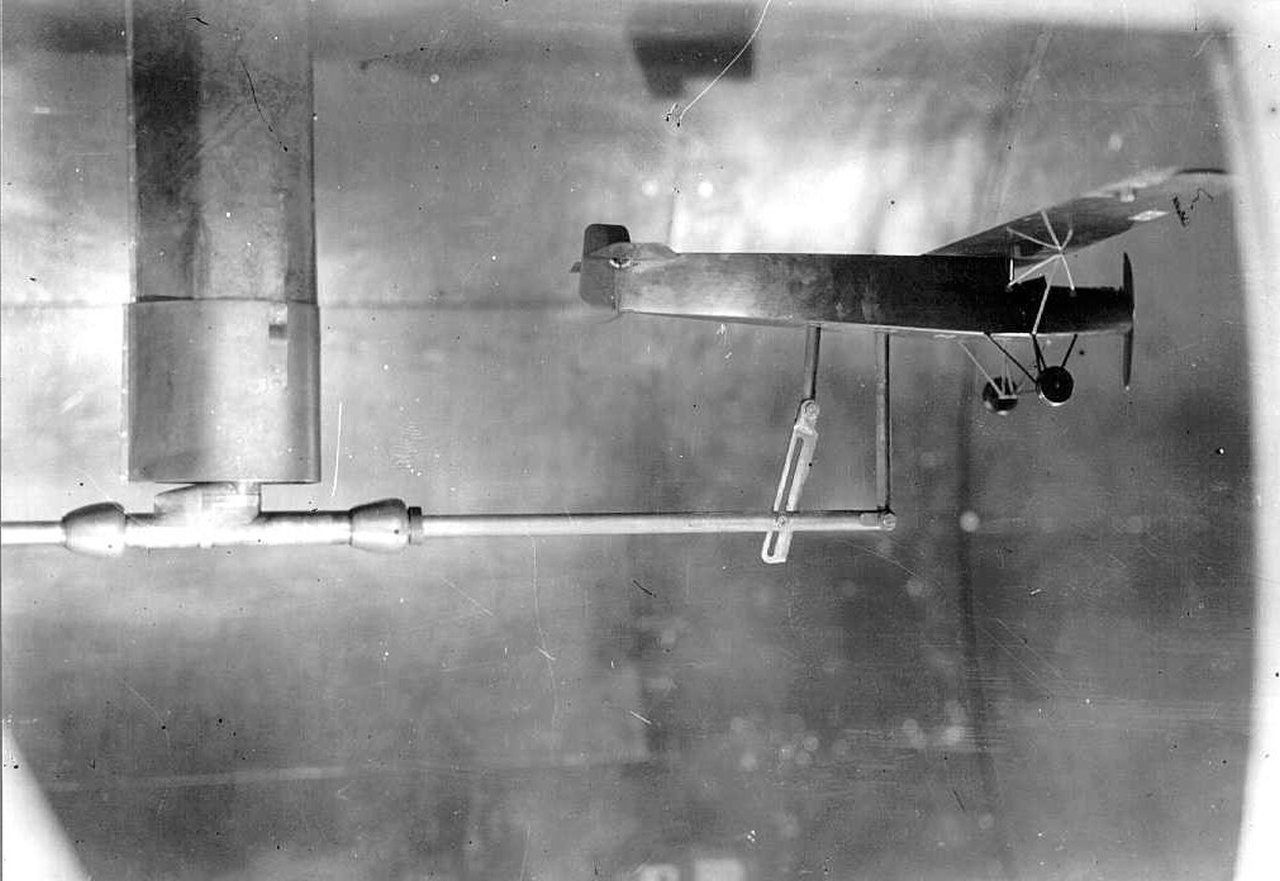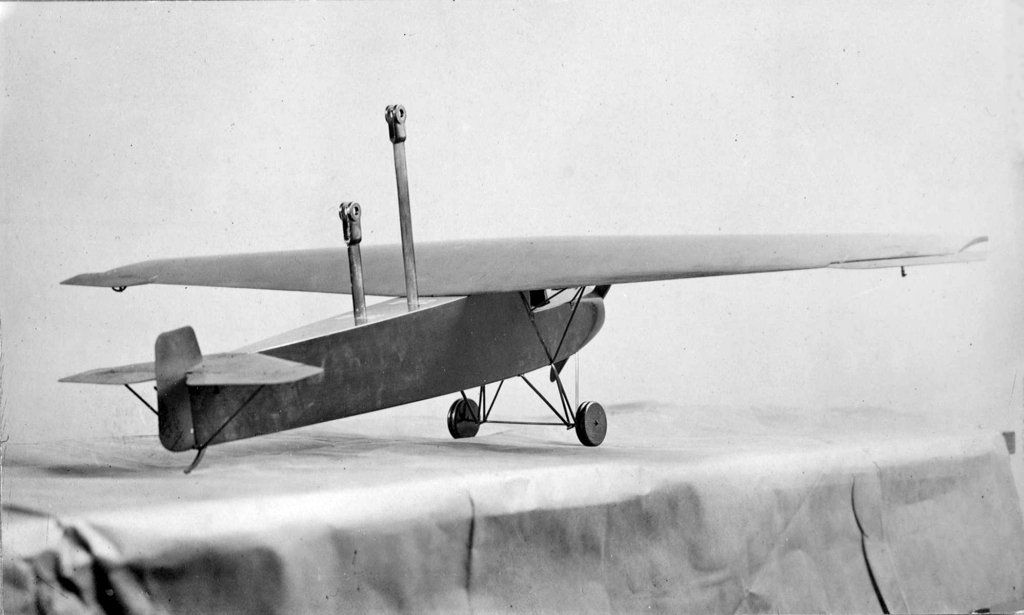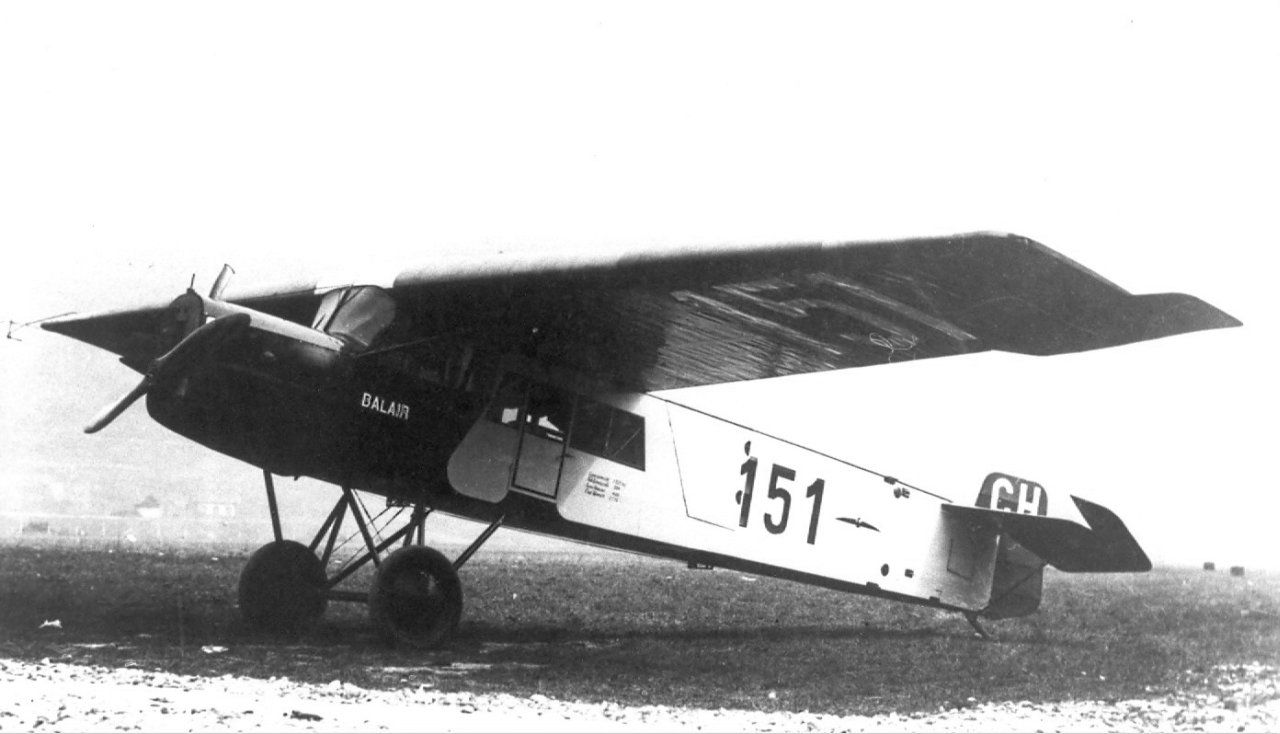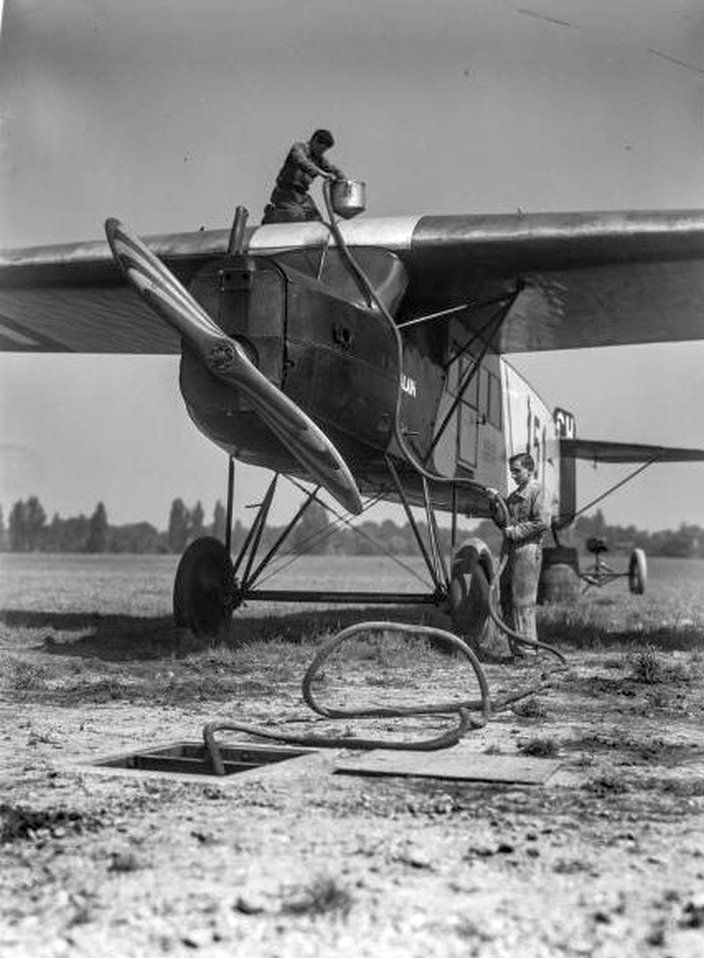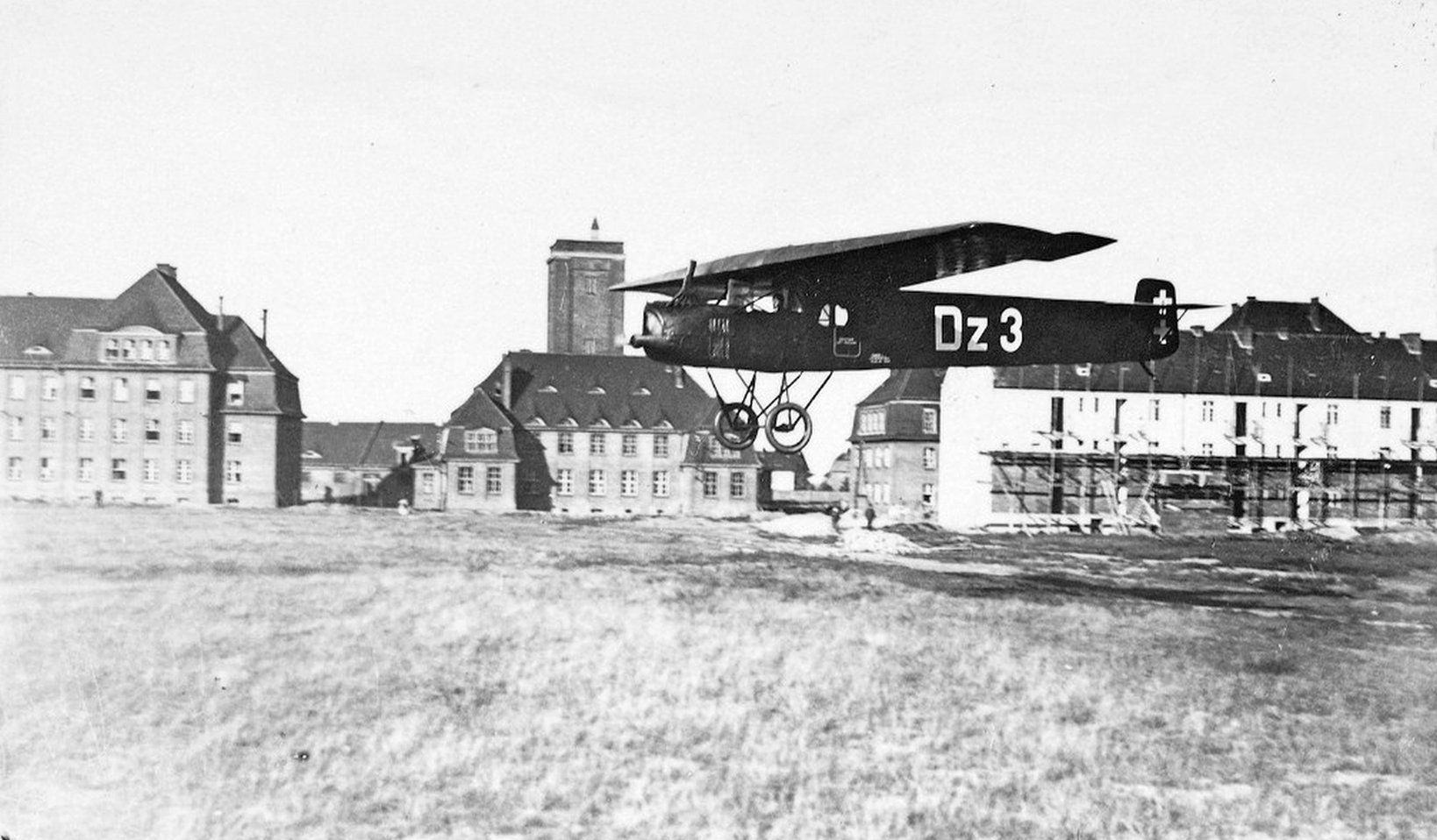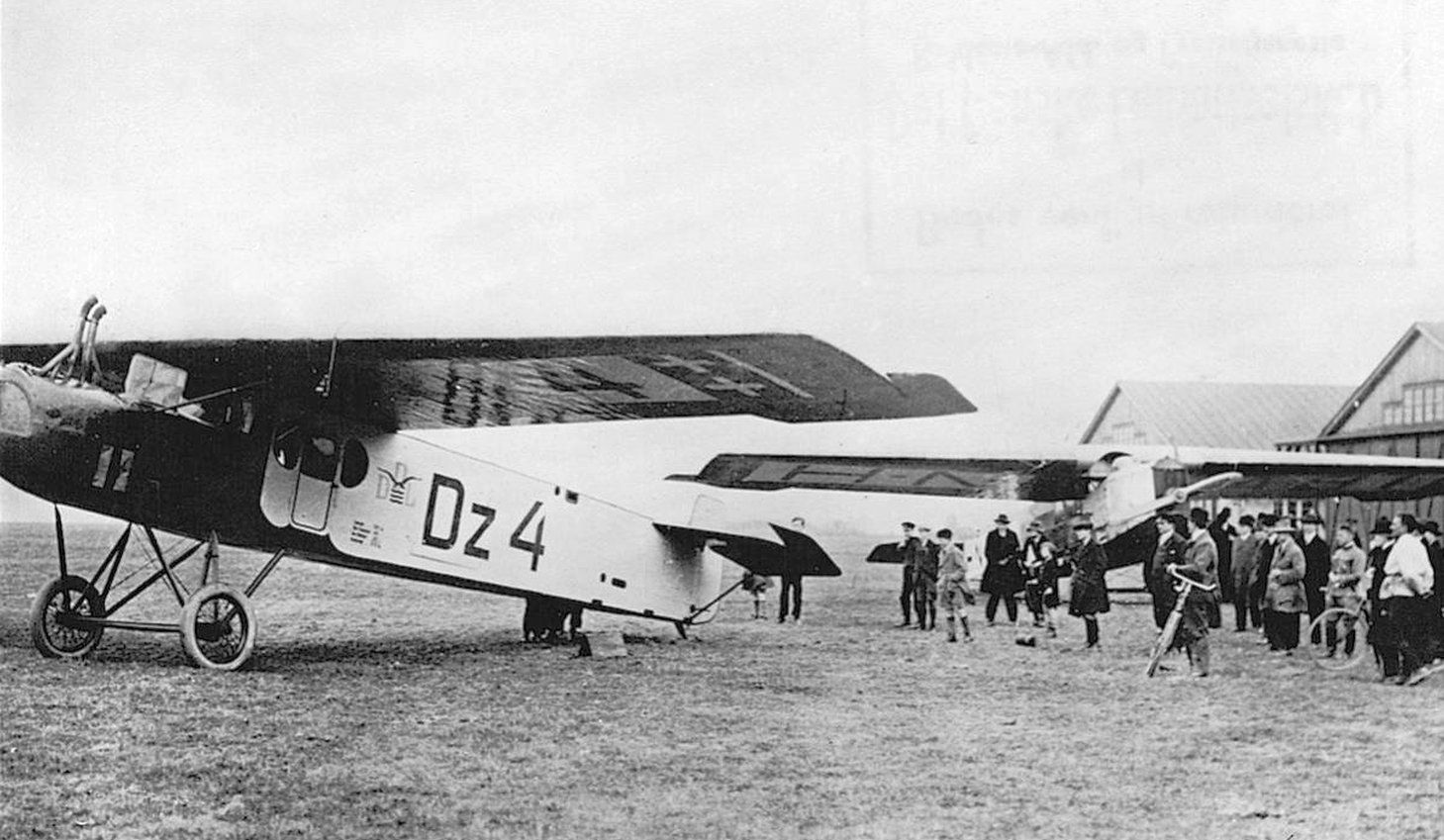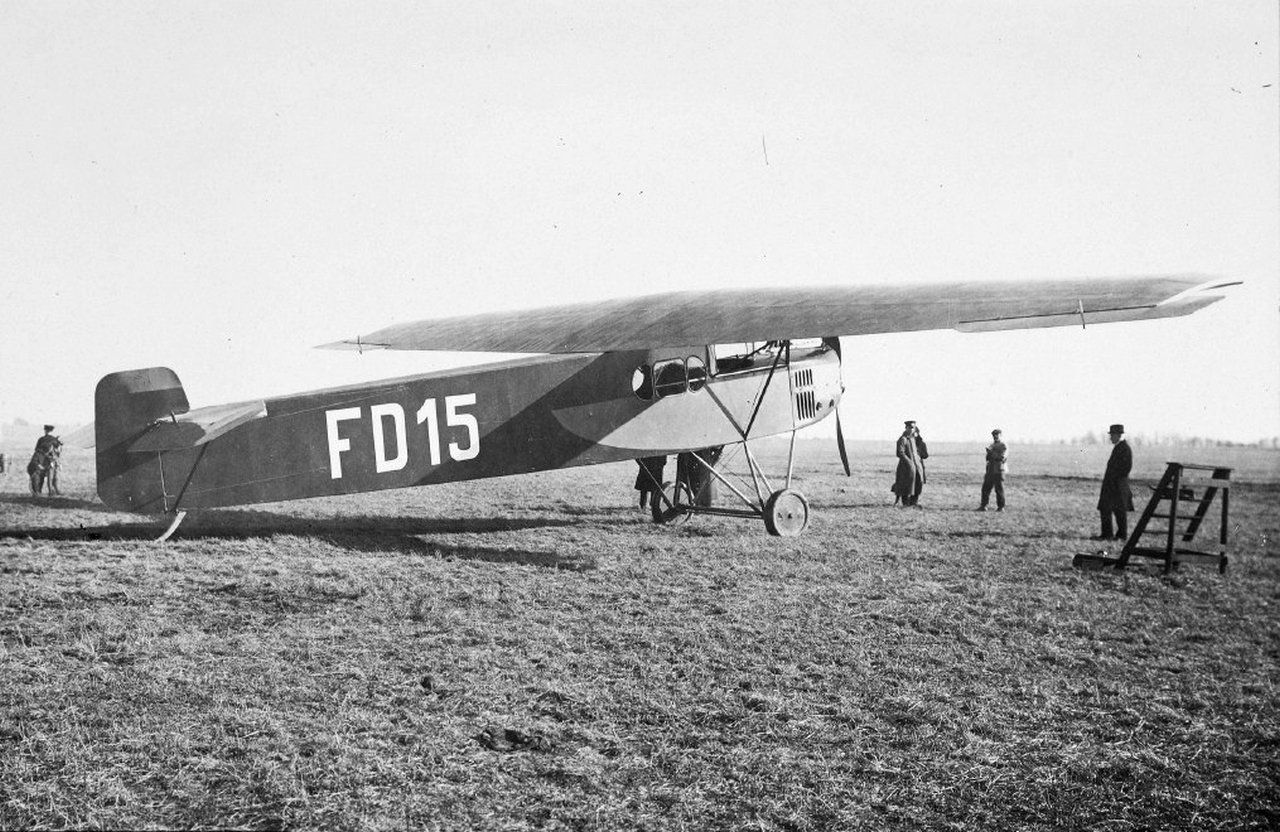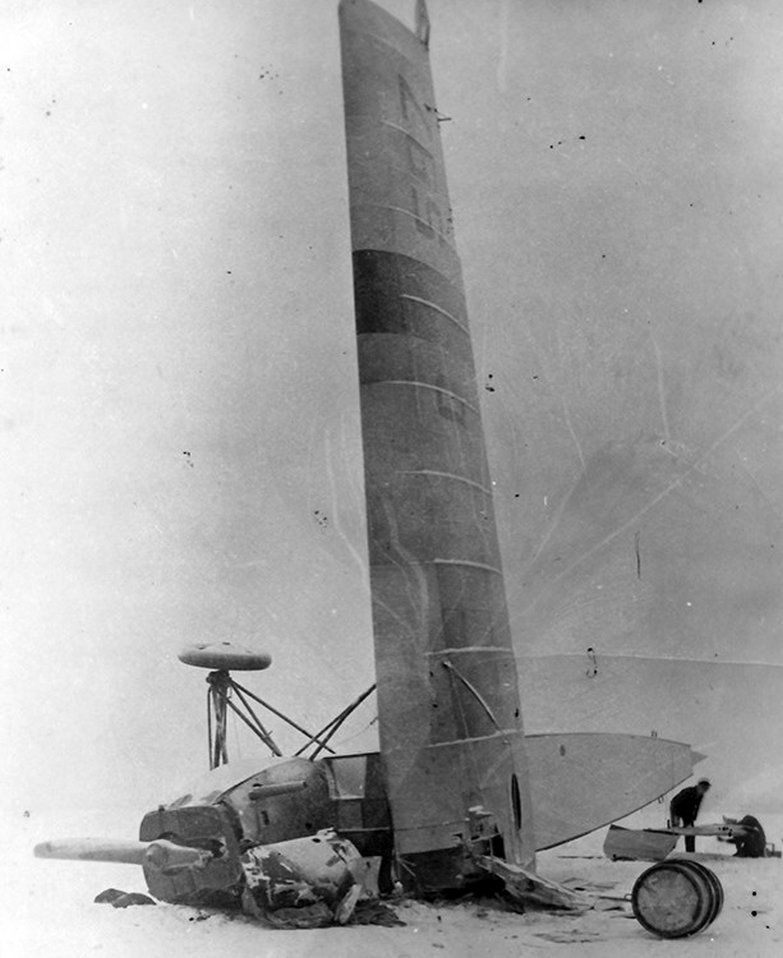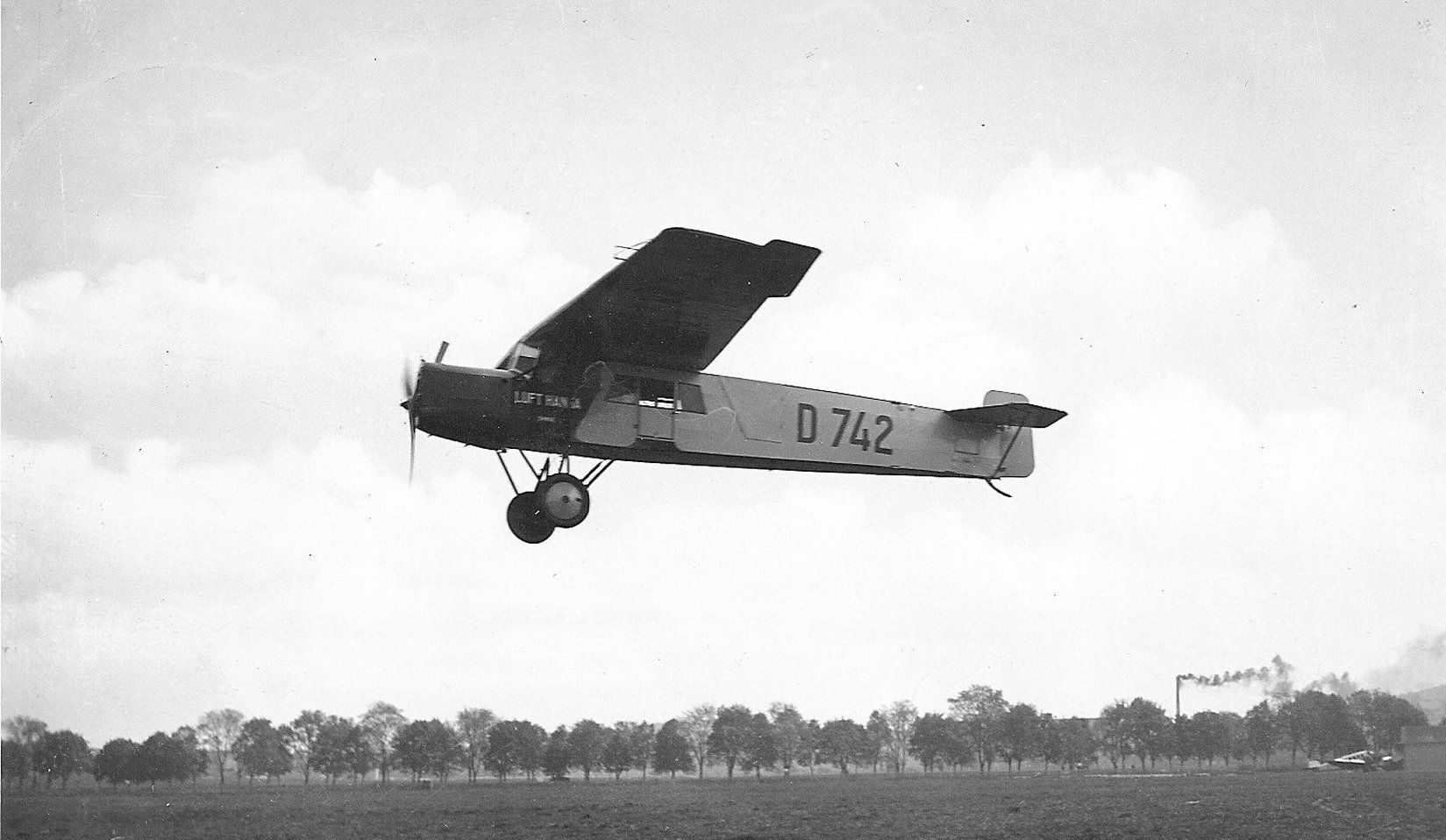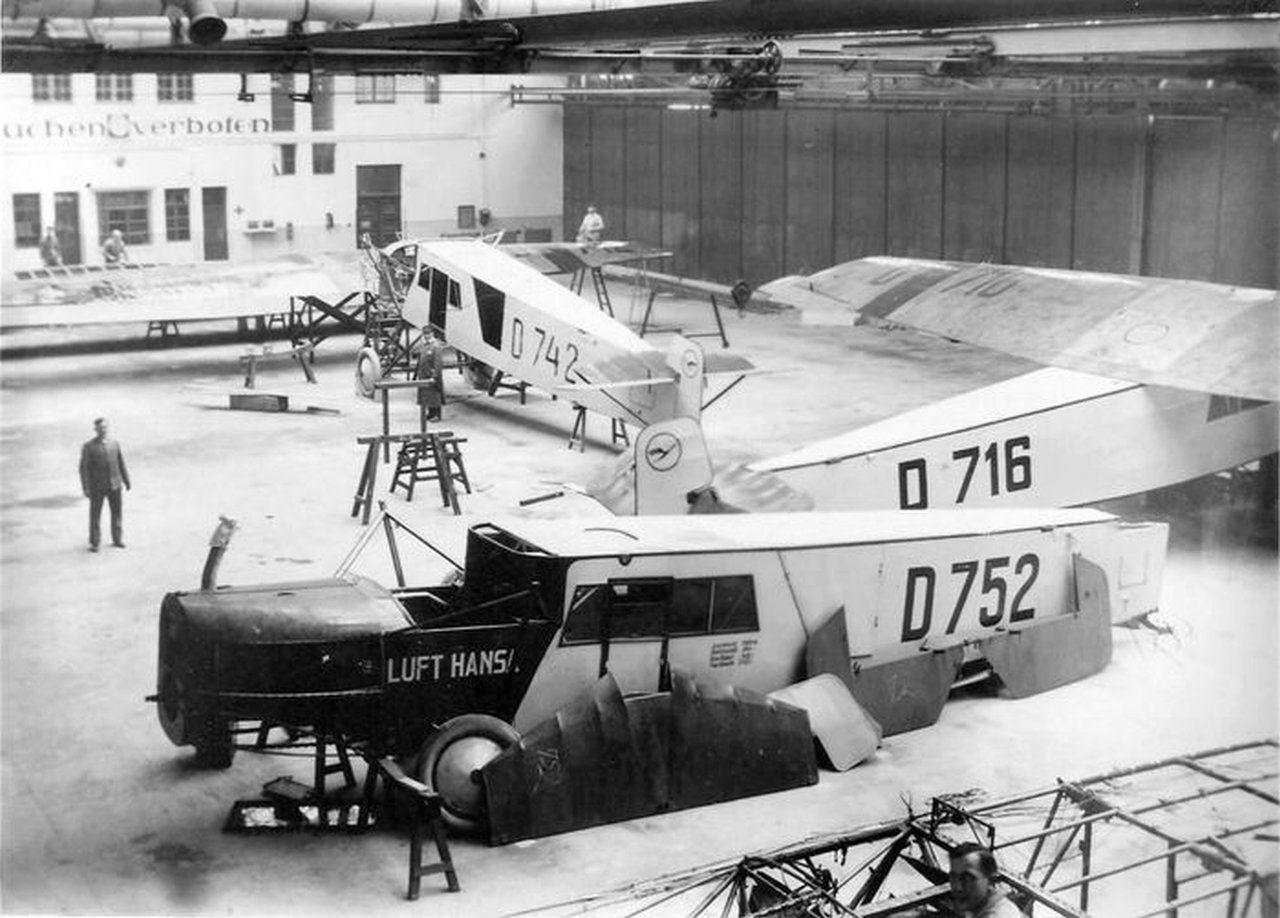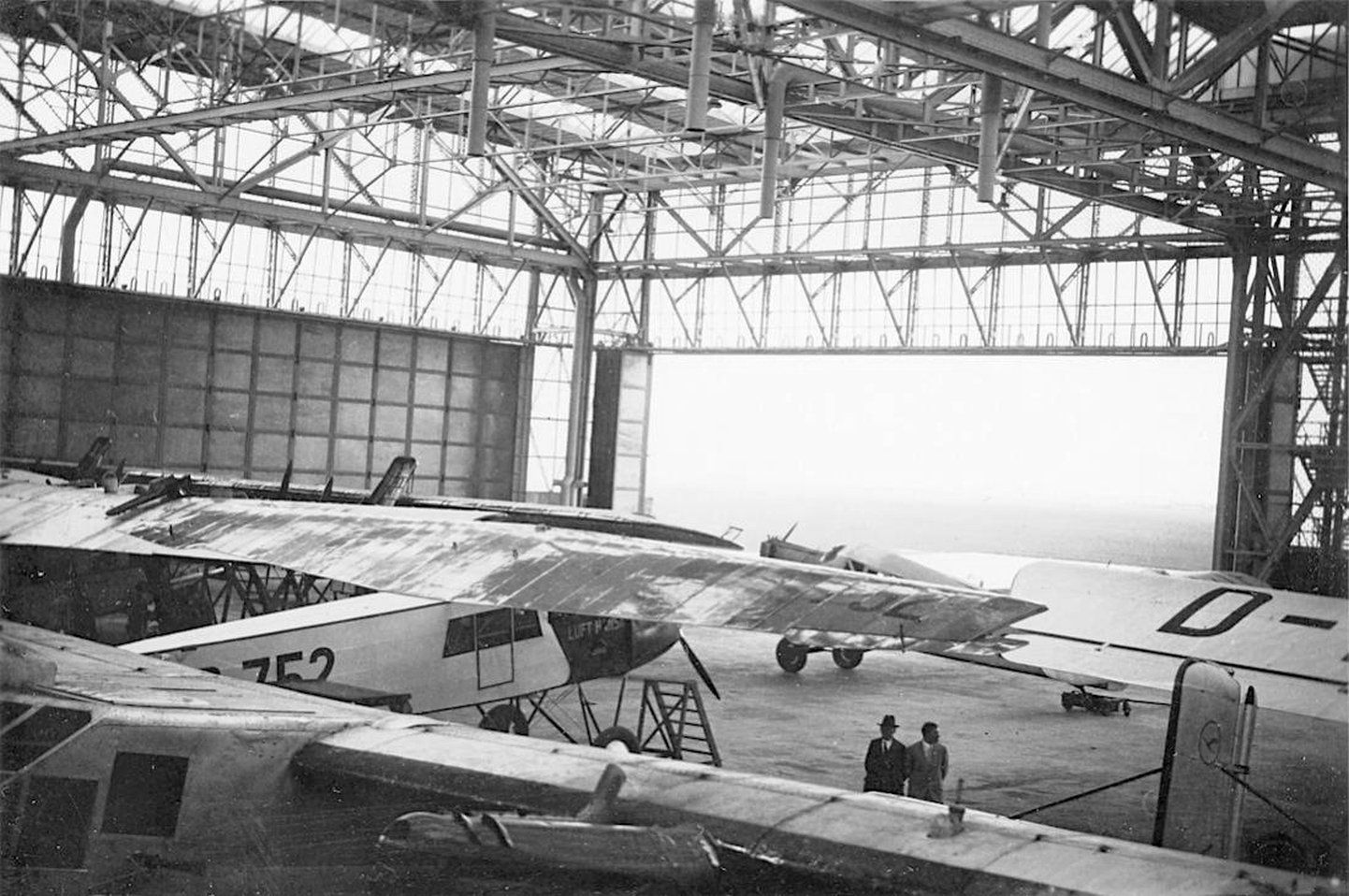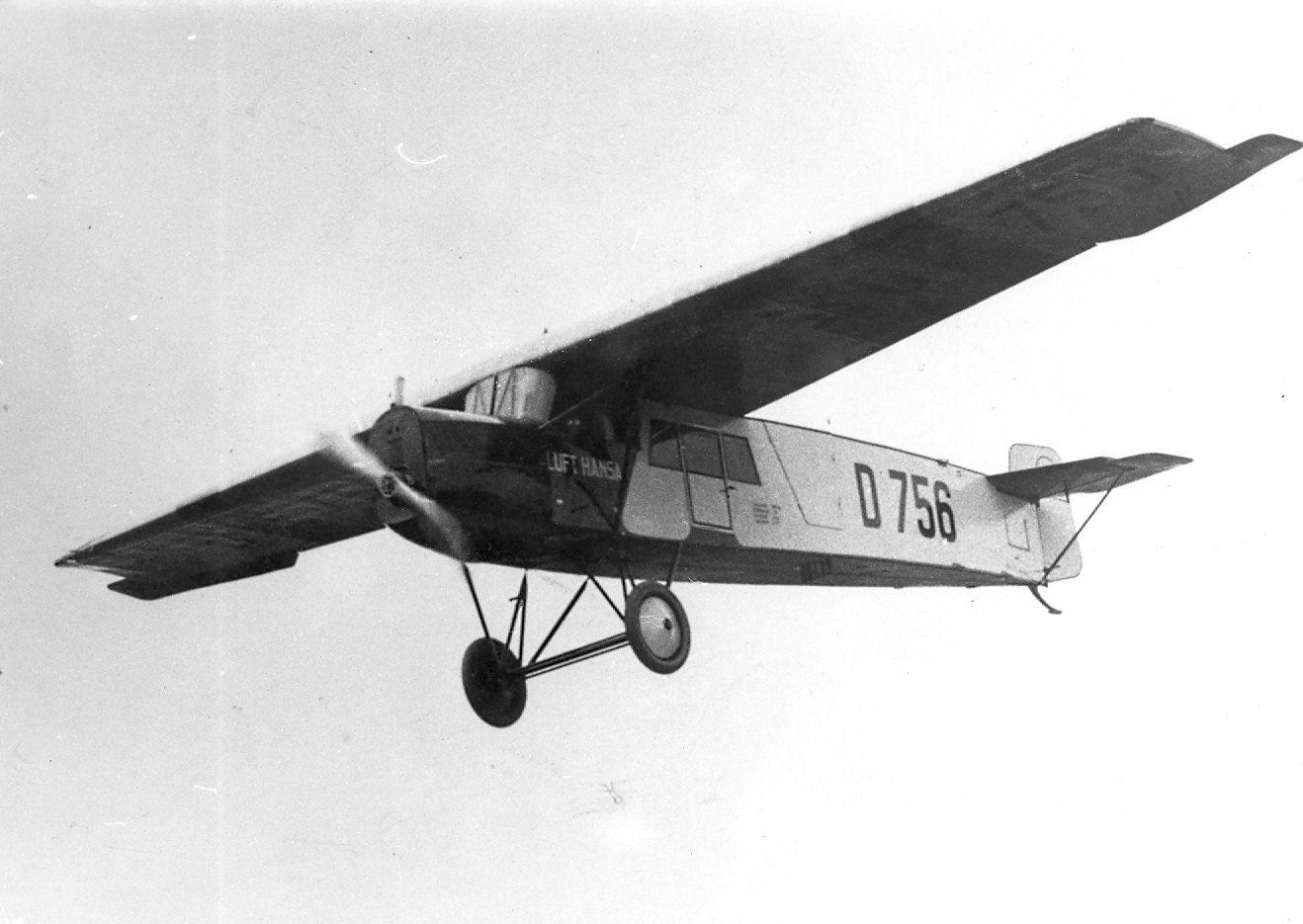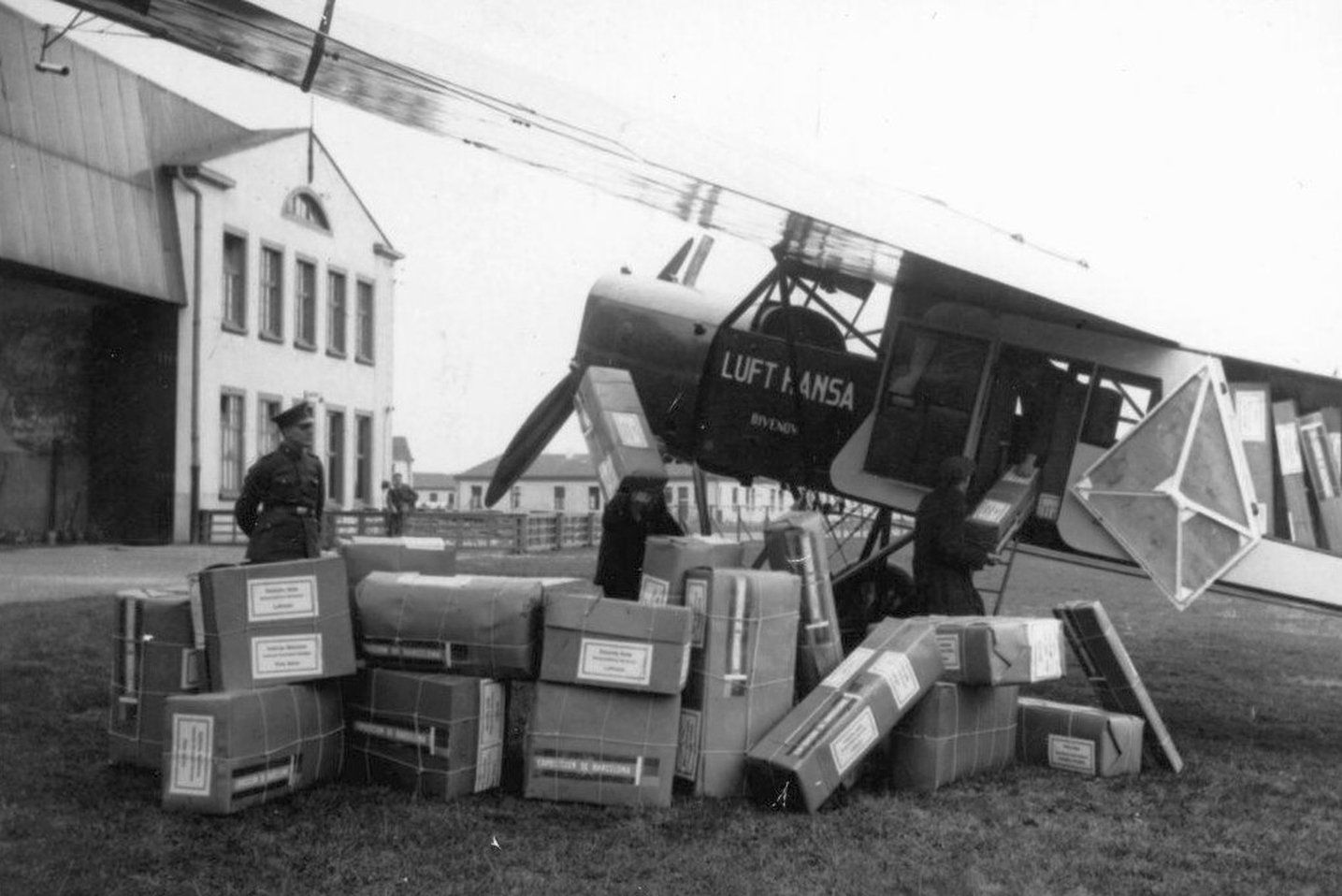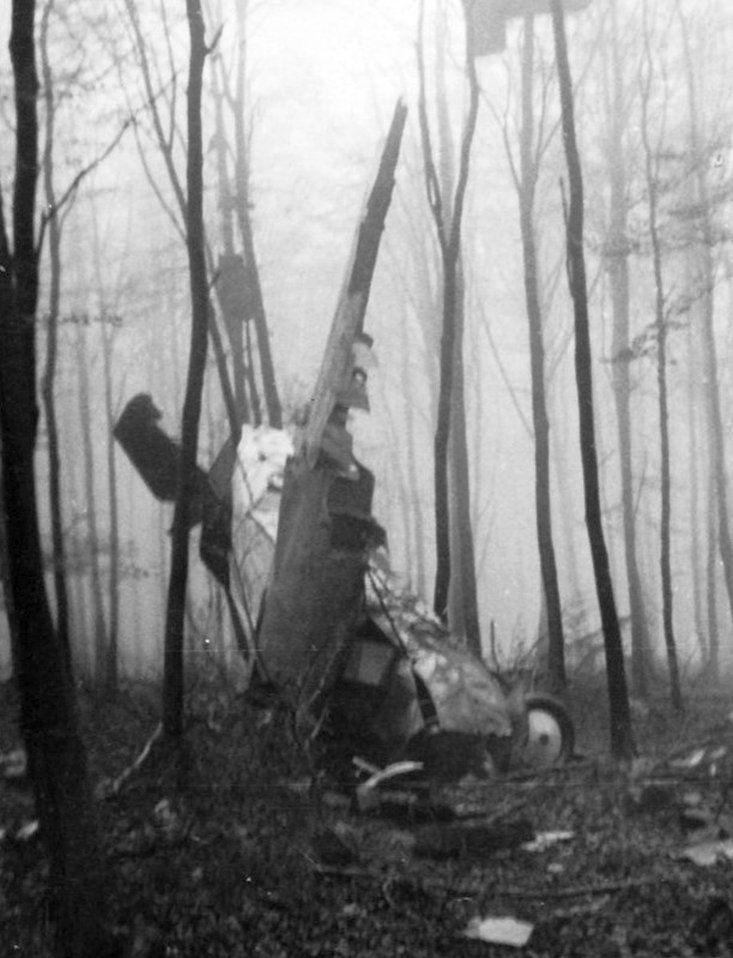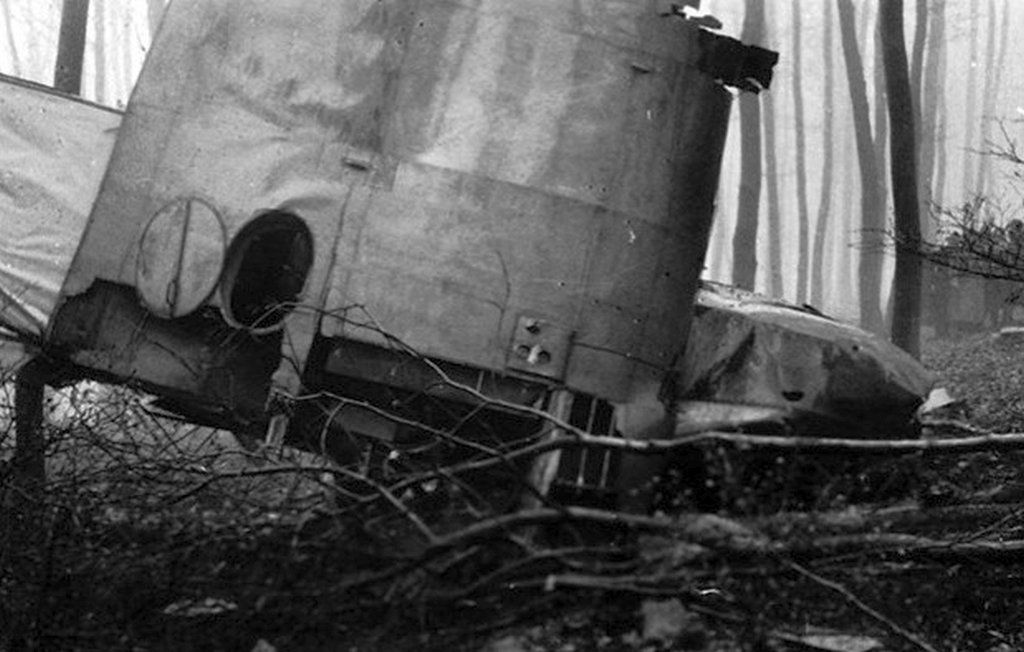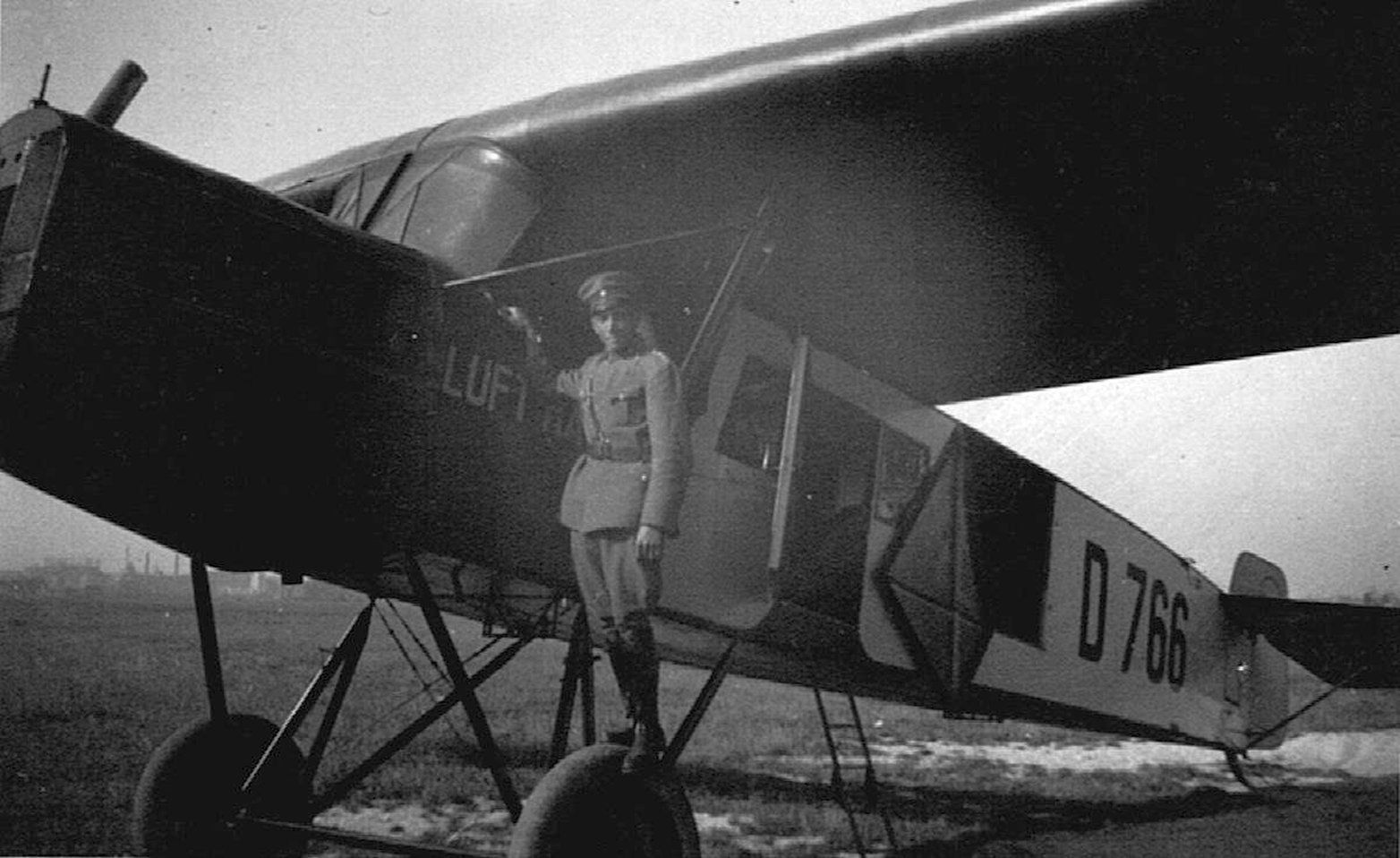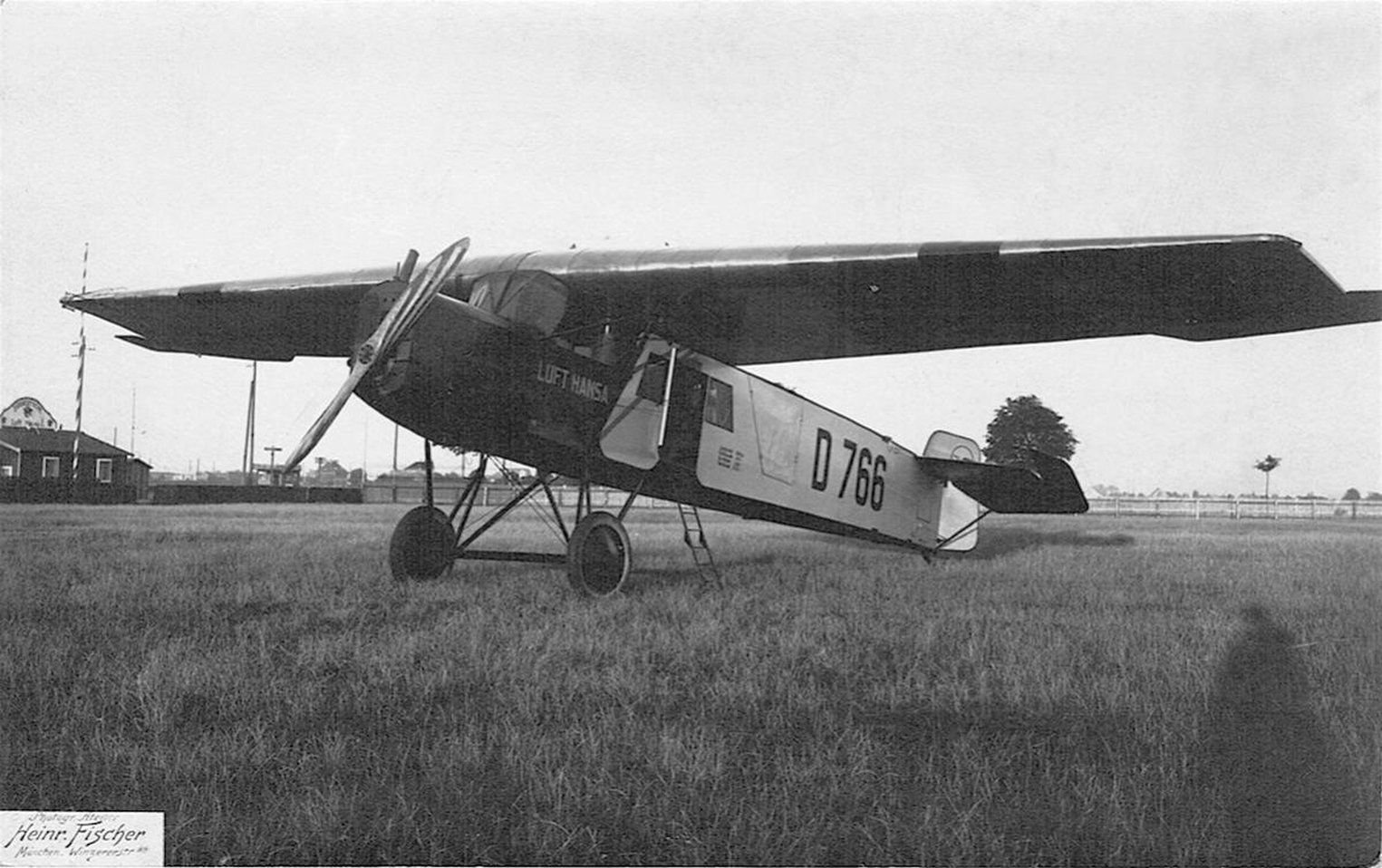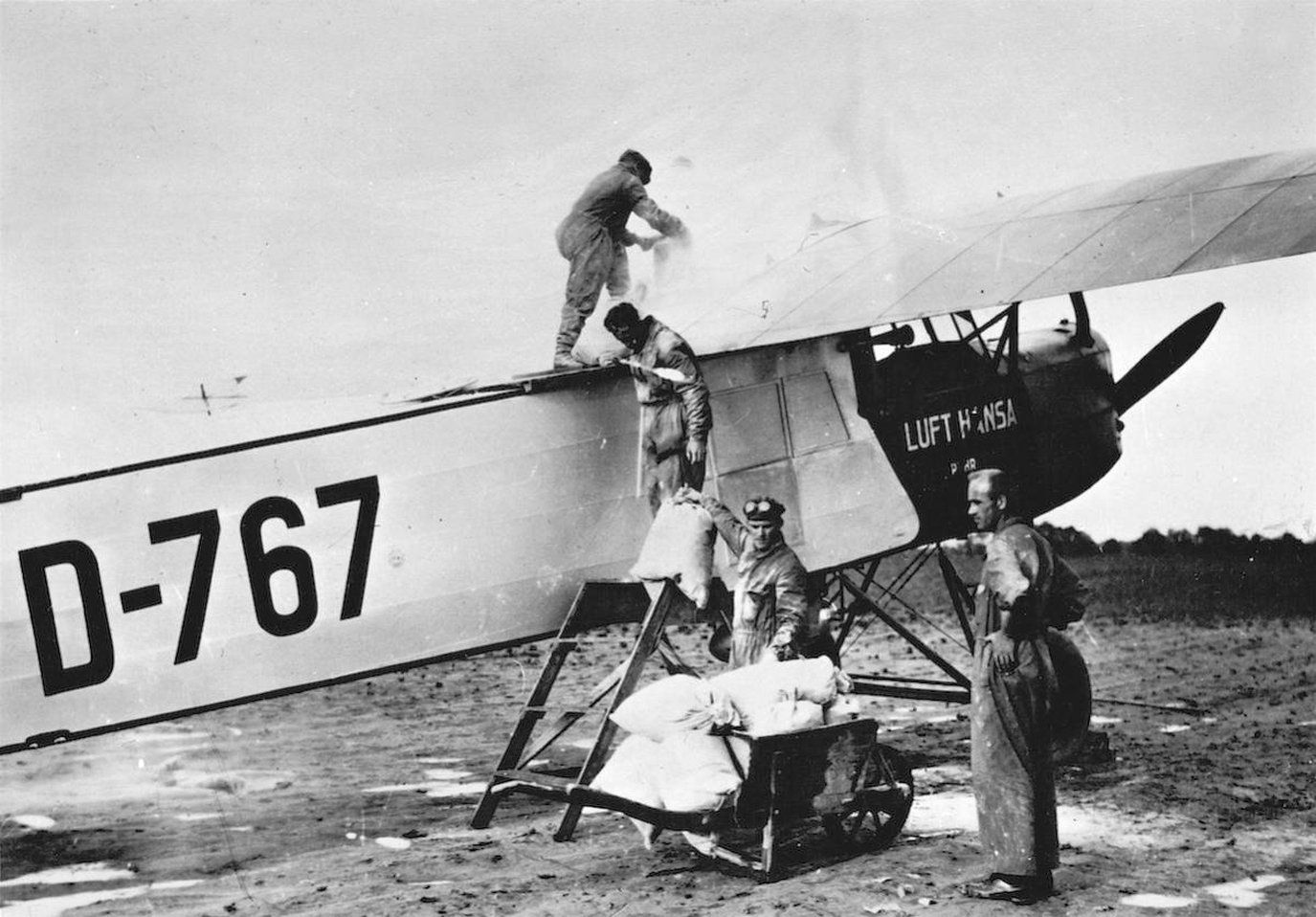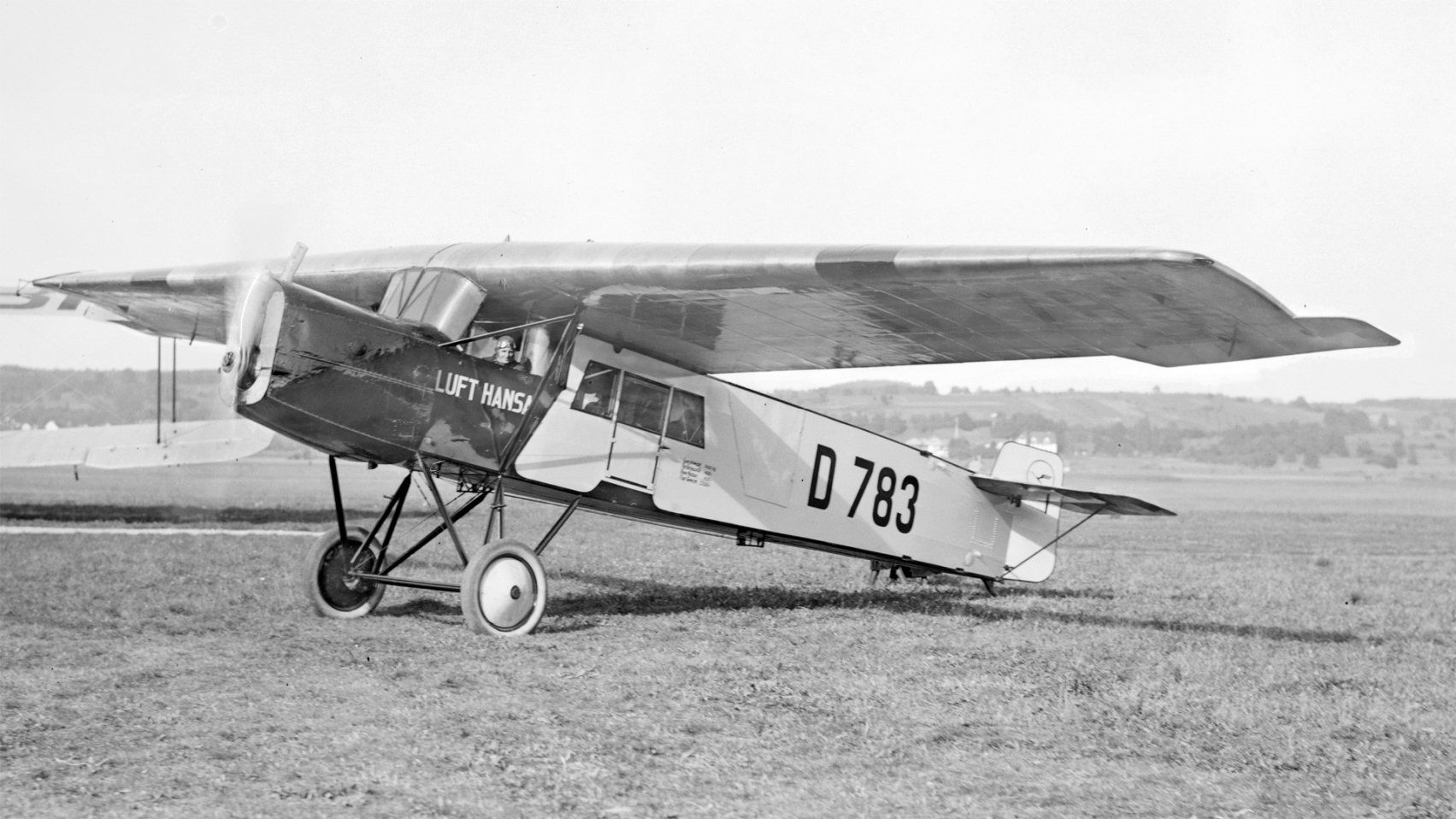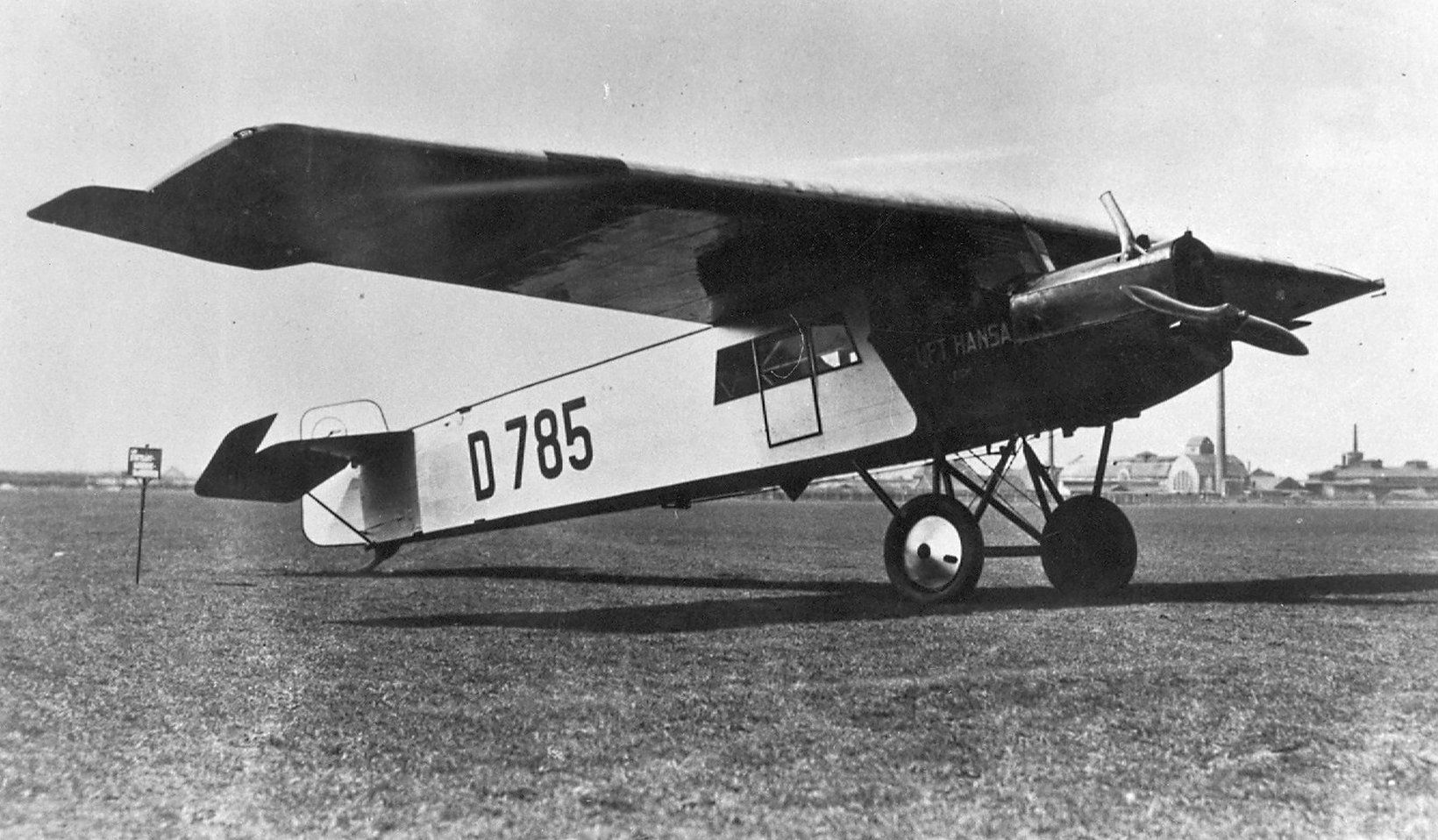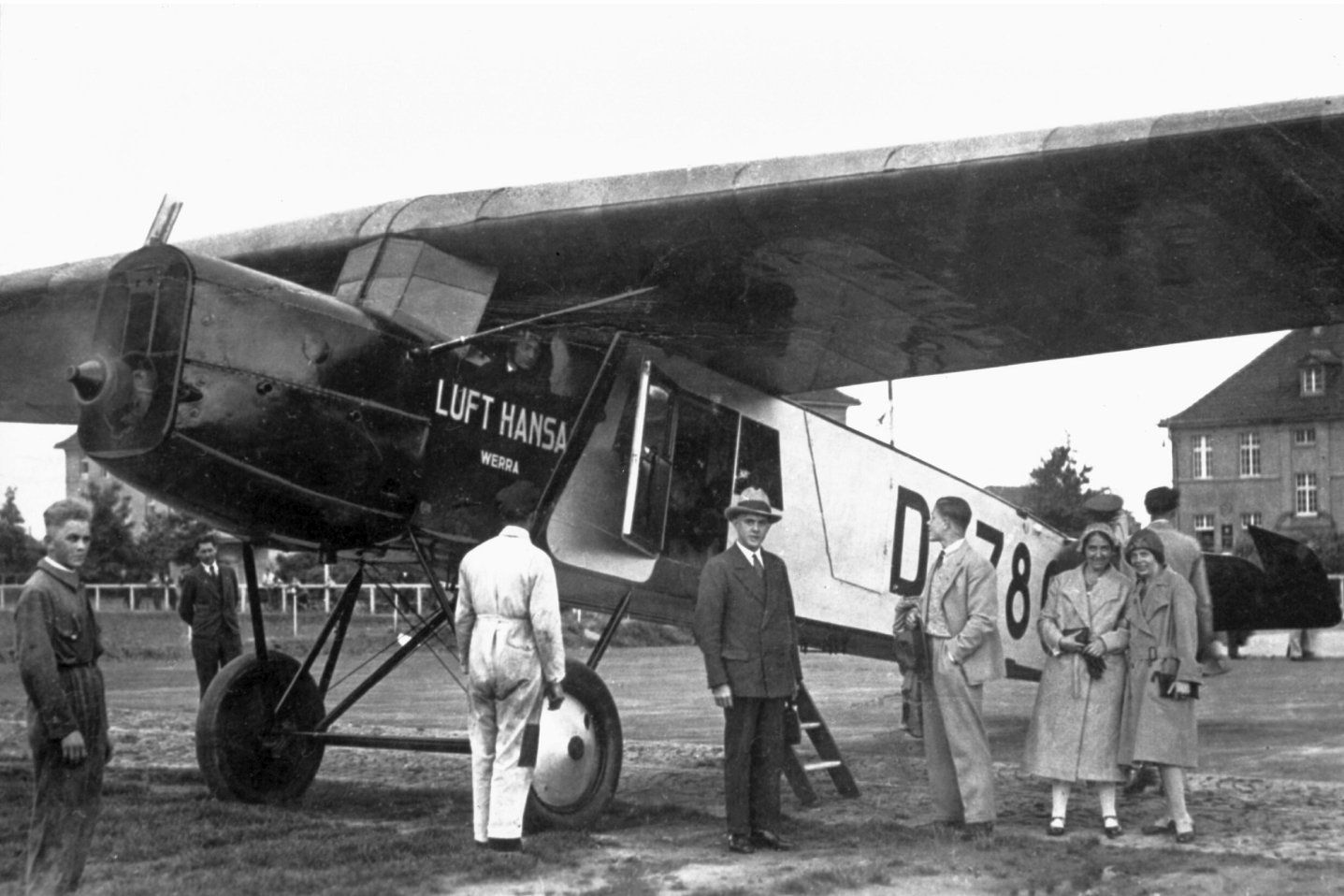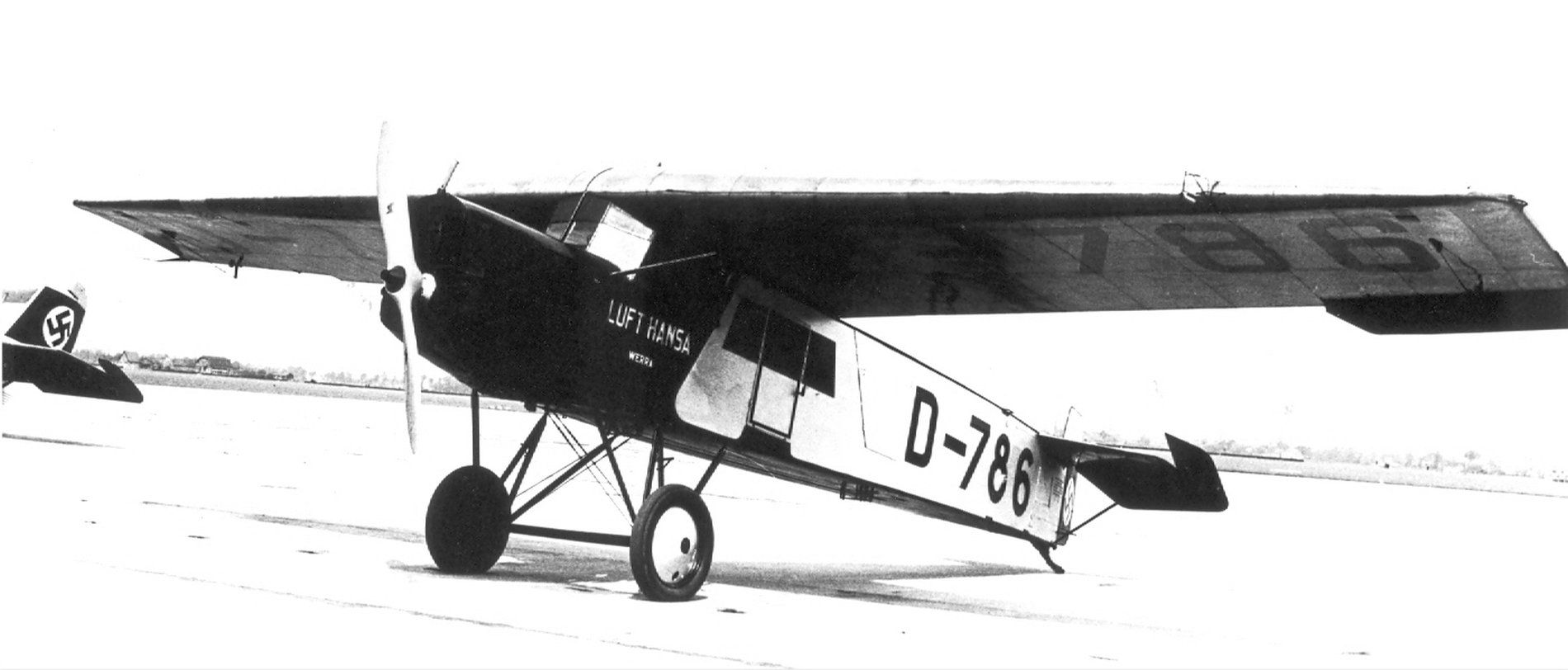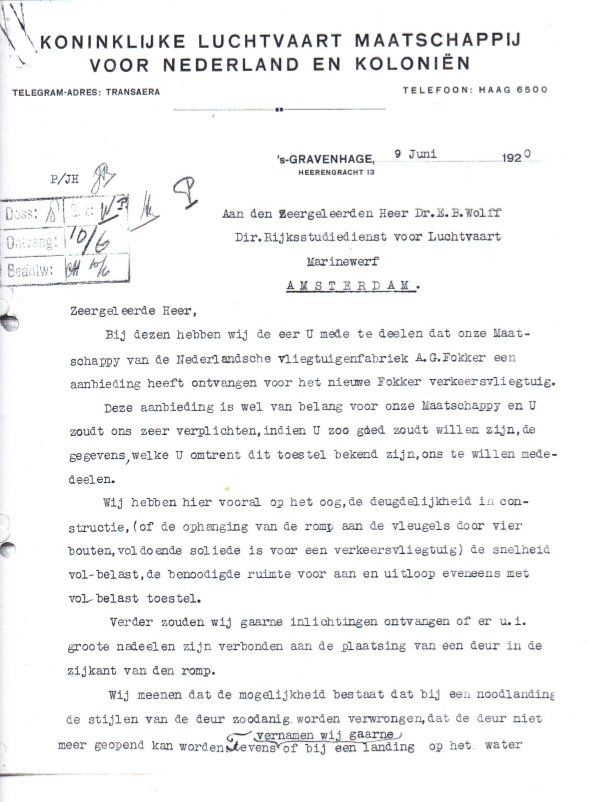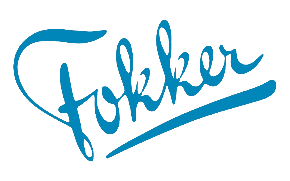Fokker F.II
Designed by Chief designer Reinhold Platz and piloted by test pilot Adolf Parge, the first flight of the Fokker F.II was made in Schwerin, Germany in October 1919.
The F.II had been a further development of the earlier V.45 designed by Platz.
The aircraft was equipped with a 185 HP BMW IIIa 6-cylinder inline engine, which was also used in the Fokker D.VIIF.
The first manufactured F.II was illegally flown from Germany to the Netherlands on March 20, 1920. Reason being was that after WW1 Germany was forbidden to export any strategic goods among which were aircraft.
However, a large part of the Fokker factory inventory had been transported to the Dutch Fokker locations in Veere and the recently opened former ELTA exposition halls in Amsterdam-Noord during a highly secret smuggling operation in an earlier stage.
Below is an excerpt of an article from 2006 by Leo de Roo, a former employee of the historical society of the Fokker factory.
Bernard de Waal, friend and employee of Anthony Fokker from the very beginning, was given the remarkable assignment in 1920 to steal an airplane from his own company, in Schwerin. After the WW1 surrender of Germany, export of airplanes had been forbidden by the Allies, so this had to be done secretly. De Waal contacted Reinhold Platz, then chief structural engineer, and together they staged the theft.
Platz left for Berlin “on business” and with the help of three employees of the factory, the Waal started directly from the hangar towards the Netherlands. The flight did not immediately go smoothly and twice de Waal had to make an emergency landing on German soil due to engine failure. The first time he managed to get the engine running himself, but at the second emergency landing two police officers, who apparently didn’t trust the matter, came to investigate. One of them went to the district administrator for instructions and in the meantime, de Waal asked the other to help him crank up the propeller to start a test run. When the engine was running, de Waal took off immediately, leaving the police officer flabbergasted behind.
De Waal had to make a third emergency landing near Surhuisterveen in Friesland, in which the undercarriage broke down. De Waal called Fokker, who immediately came to him in the car and saw his F.II for the first time, albeit not in the best condition. The F.II was dismantled and brought by train to Leeuwarden and from there on by ship to Amsterdam.
The construction of the Fokker F.II had been done in the classic Fokker way, a (long) hull of welded steel tubing covered with linen, wooden wing, fixed landing gear and a single front engine, the pilot seat had been placed behind the engine in a open cockpit, and behind the pilot's seat, a closed cabin for four passengers.
On July 10, 1920, the newly founded KLM ordered two F.IIs (H-NABC and H-NABD), for an amount of 45,000 guilders, (approximately 280,000 euros in present day currency).
On August 25, 1920, the F.II's were handed over to KLM, after which pilot Hinchliffe carried out the first operational flight with the H-NADB to London Airport Croydon on September 30, 1920.
In addition to KLM pilot Hinchliffe, aviation journalist Henri Hegener, Bernard de Waal of the Fokker factory and Fokker flight engineer S. Elleman were on board as passengers.
KLM however, was not satisfied with the BMW engine and tried the Daimler Mercedes D IIIa V of 178 HP. When this proved not to be satisfactory, KLM switched to the 6-cylinder air-cooled Armstrong Siddeley Puma in-line engine of 240 HP. KLM sold the F.II's in 1927 to the Belgian airline SABENA.
Other F.II users were the Deutsche Luftreederei from Danzig, the German Aero Lloyd, Luft Hansa and the Swiss Balair.
The Dutch RSL, “Government Service for Aeronautical Studies”, used the F.II prototype as a laboratory aircraft for years.
Soon the F.II was also built under license in Germany by “Deutsche Aero Lloyd” of director Karl Grülich in Staaken.
Grülich modified the F.II on a number of points such as the landing gear, the cabin windows and the cockpit. The wings of the Grülich F.II's were built by the German aircraft manufacturer Albatros.
A total of 25 F.II's were built, 6 of which were licensed by Fokker and 19 by Grülich.
Click on the photo to enlarge the photo
Part from a feature film about Schiphol in the 1930s
A demonstration of the F.II.
I Never knew that as many as seven people could fit in it :-)

